Across the United States, countless museums captivate millions of visitors annually with their diverse exhibits, immersive experiences, and cutting-edge programmes. From iconic institutions like the Smithsonian to dynamic science centres and cultural hubs, the top museums in the United States shape how we understand the world.
In this article, we highlight the leading museums in the United States based on the insights from the TEA/AECOM Museum Index 2023. This annual report sheds light on visitor trends, attendance growth, and the evolving role of museums in a post-pandemic world.
Global COVID-19 restrictions finally ended in 2023 as countries lifted the last travel bans and restrictive operating standards. Attendance at the world’s top 25 theme parks grew by 23% compared to 2022 data, and museums saw a 95% increase, having experienced more detrimental effects during the pandemic.
See also: The 20 most visited museums in Europe
“Museums have really started embracing more interactive and dynamic exhibits as a means to attract audiences and retain interest in their institutional mission,” says Linda Cheu, vice president with AECOM’s Economics + Advisory practice, in the report's introduction.
“While the digital or virtual footprint of museums dramatically expanded during the peak of the pandemic, we are now seeing the physical spaces being revitalized through reinvestment. The resulting experiences are indicative of a bright future for cultural institutions around the world.”
21.20. National Air and Space Museum's Steven F. Udvar-Hazy Center, Washington, D.C. - attendance 1,200,000
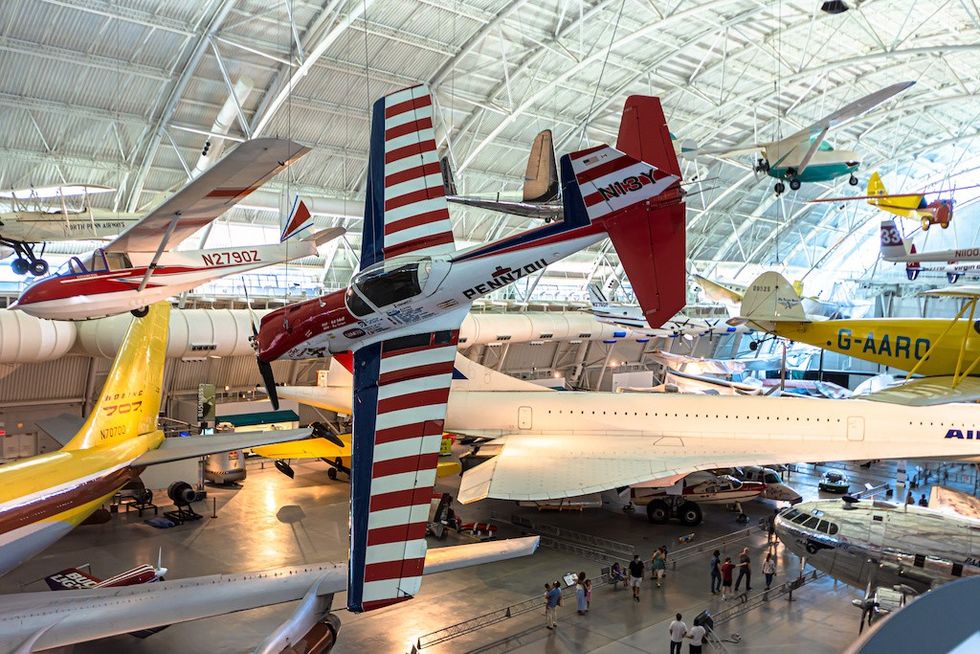
The Steven F. Udvar-Hazy Center is an extension of the Smithsonian National Air and Space Museum near Washington Dulles International Airport in Chantilly, Virginia. Opened in 2003, it contains thousands of aviation and space artefacts that cannot be showcased at the museum’s main site on the National Mall in Washington, D.C.
The Udvar-Hazy Center displays over 3,000 artefacts, making it one of the largest collections worldwide. The museum features two spacious hangars—the Boeing Aviation Hangar and the James S. McDonnell Space Hangar—where visitors can observe iconic aircraft and spacecraft up close.
Visitors can see the Enola Gay, the B-29 Superfortress that dropped the atomic bomb on Hiroshima; Concorde, a supersonic airliner operated by Air France; the Lockheed SR-71 Blackbird, the fastest jet-propelled aircraft ever built; and the Grumman F-14 Tomcat, a renowned fighter jet, along with innovative gliders, helicopters, and experimental aircraft.
Additional artefacts on display include the Space Shuttle Discovery, a Gemini VII capsule, various models of satellites and spacecraft like the V-2 rocket and the Mercury Capsule Freedom 7 II. Space exploration equipment, astronaut suits, and tools used during missions are also on show.
Visitors can enjoy flight simulators that deliver an authentic flying experience across different aircraft types. The interactive exhibits allow for hands-on exploration of aerodynamics, space technology, and the history of flight.
Image credit Chansak Joe A. - stock.adobe.com
20.19. California Academy of Sciences, San Francisco, California - attendance 1,245,000
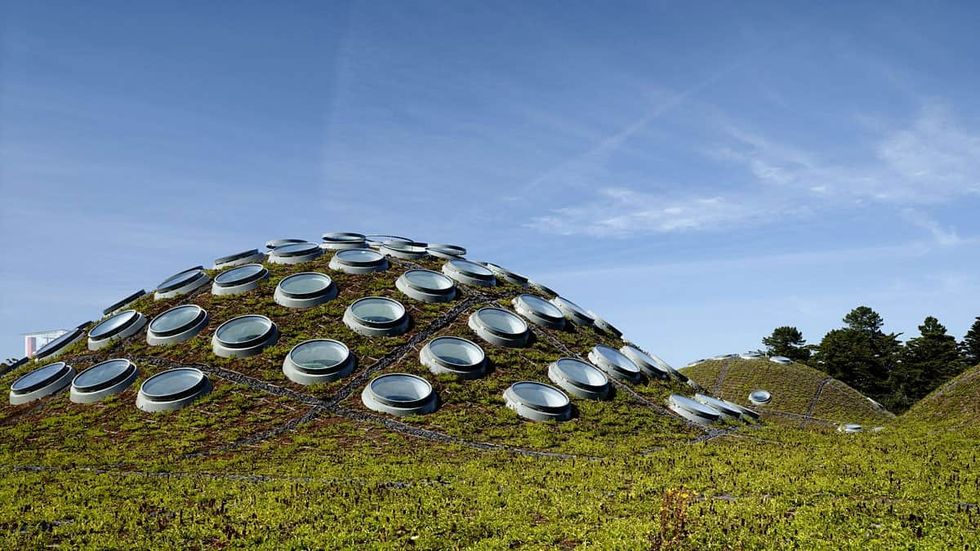
Staying in California, the next entry on our list of the best museums in the United States is the California Academy of Sciences in San Francisco’s Golden Gate Park. One of the world’s leading institutions in scientific research, education, and public engagement, the California Academy of Sciences is a museum, aquarium, planetarium, and research institute all under one roof.
The Academy was established in 1853 as a scientific organisation focused on natural history and quickly grew into a museum. After damage from the 1906 San Francisco earthquake, the museum was rebuilt and expanded.
In 2008, the Academy reopened in a stunning new LEED Platinum-certified green building designed by Renzo Piano. Its iconic Living Roof is covered in 1.7 million native plants, providing insulation, reducing runoff, and serving as a habitat for local wildlife.
Its Steinhart Aquarium hosts over 38,000 live animals across nearly 900 species. Visitors can explore a vibrant coral reef ecosystem, an Amazon rainforest exhibit, The Swamp exhibit featuring Claude, a rare albino alligator, and the Osher Rainforest.
Additionally, there is the Morrison Planetarium, recognised as one of the largest all-digital planetariums globally, along with the Kimball Natural History Museum, which emphasises Earth’s biodiversity, climate change, and geology.
The Academy serves not only as a museum but also as an innovative research institution. The Institute for Biodiversity Science and Sustainability (IBSS) conducts research on global biodiversity and spearheads initiatives aimed at protecting endangered species and their habitats.
19.18. The J. Paul Getty Center, Los Angeles, California - attendance 1,251,000
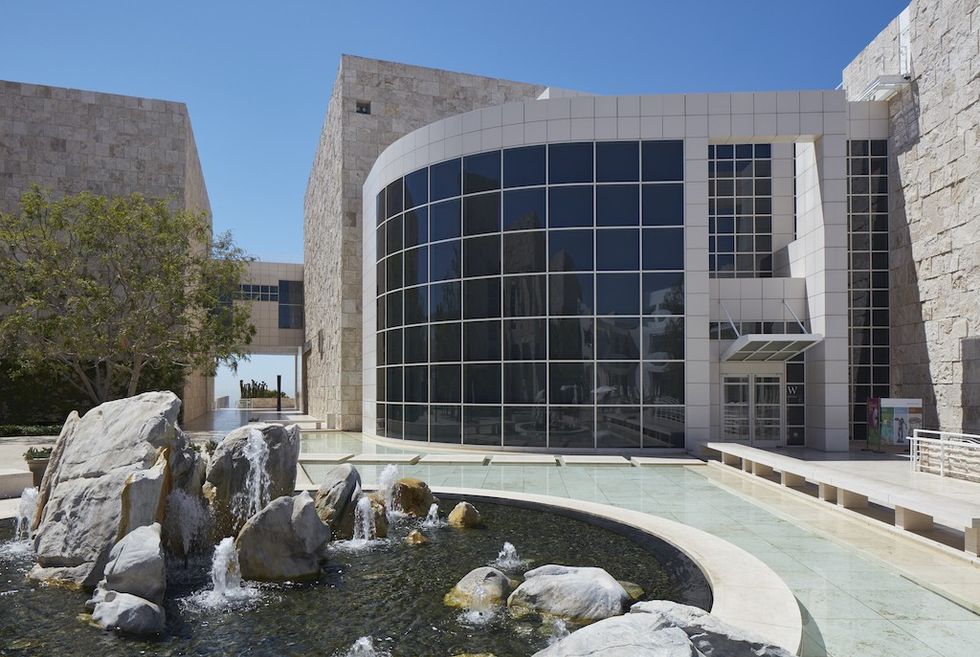
The J. Paul Getty Center, commonly known as the Getty Center, is part of the larger J. Paul Getty Trust, dedicated to the study and conservation of the visual arts.
Founded by American industrialist and art collector J. Paul Getty, the institution opened its doors in 1997. Initially, Getty displayed his collection at his Malibu residence, which eventually transformed into the Getty Villa. As the collection expanded, the Getty Center was constructed to host a wider array of artworks and academic resources.
See also: Engagement & interpretation at the Getty Museum
The Getty Center is notable for its modernist design. It houses an extensive collection of European art, ranging from medieval to modern times. As well as paintings, it houses European sculptures, furniture, and decorative objects from the Renaissance through the 19th century, a collection of illuminated manuscripts, including medieval and Renaissance works, and a photography collection with works spanning from the early history of photography to contemporary pieces.
Designed by Robert Irwin, the Central Garden is a living work of art. Scattered throughout the grounds are modern and contemporary sculptures.
The Getty Center also includes the Getty Research Institute (GRI), a leading institution dedicated to art history research, which provides access to a vast library, archival materials, and scholarly resources, and the Getty Conservation Institute (GCI), which focuses on the conservation and preservation of cultural heritage worldwide.
In January 2025, the grounds of theGetty Villa Museumin Los Angeles caught fire amid a fast-moving wildfire in the Pacific Palisades neighbourhood. However, the building, collection and staff remained safe.
Image: Getty Museum Courtyard, 2017, credit Elon Schoenholz © 2017 J. Paul Getty Trust
18.17. Space Center Houston, Houston, Texas - attendance 1,270,000
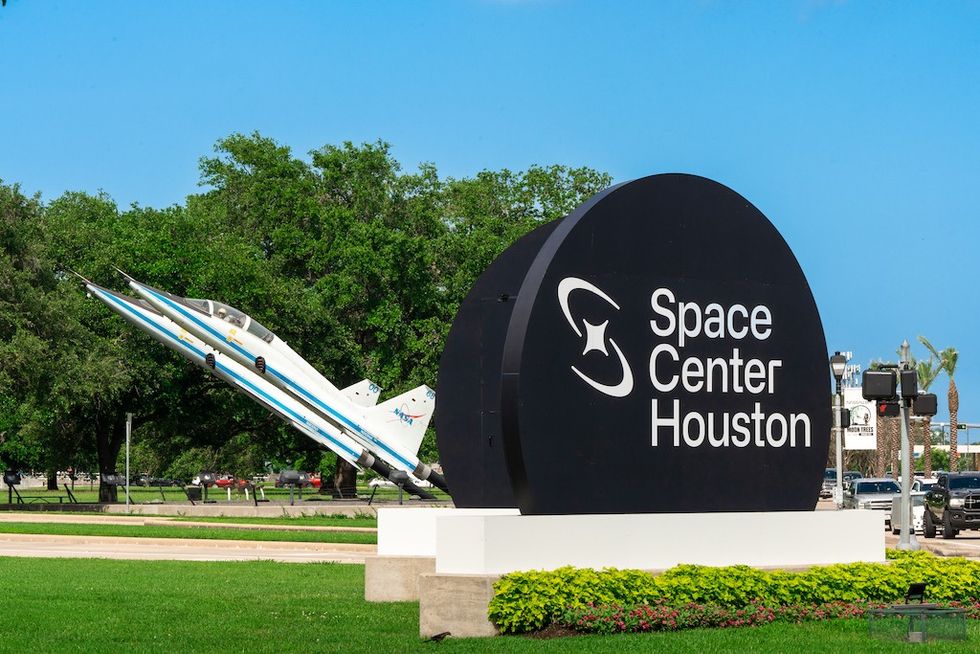
Space Center Houston is the official visitor centre of NASA’s Johnson Space Center. Known for its immersive exhibits, informative programs, and authentic space exploration artefacts, it provides visitors with a unique opportunity to discover human spaceflight and the history of space exploration.
Opened in 1992, it was created to provide the public with an interactive, hands-on experience of NASA’s space exploration.
Highlights include the Starship Gallery, showcasing a timeline of human space exploration with real spacecraft such as the Apollo 17 Command Module; Independence Plaza, which contains a full-size replica of the Space Shuttle Independence placed atop an actual NASA 905 Shuttle Carrier Aircraft; and Mission Mars, an interactive exhibit that explores the future of Mars exploration.
Visitors can also enjoy a guided tram tour that explores the operational areas of the Johnson Space Center.
See also: Space Center Houston: the power of exploration
In January 2025, it was announced that Space Center Houstonwould host the US premiere of an immersive production called The Moonwalkers, narrated by actor and writer Tom Hanks. The 50-minute film debuted at London’s Lightroom art centre and tells the stories of the Apollo missions and upcoming Artemis programme as the space is transformed with original NASA footage and images from Andy Saunders ‘ Apollo Remastered.
17.16. Denver Museum of Nature & Science, Denver, Colorado - attendance 1,306,000
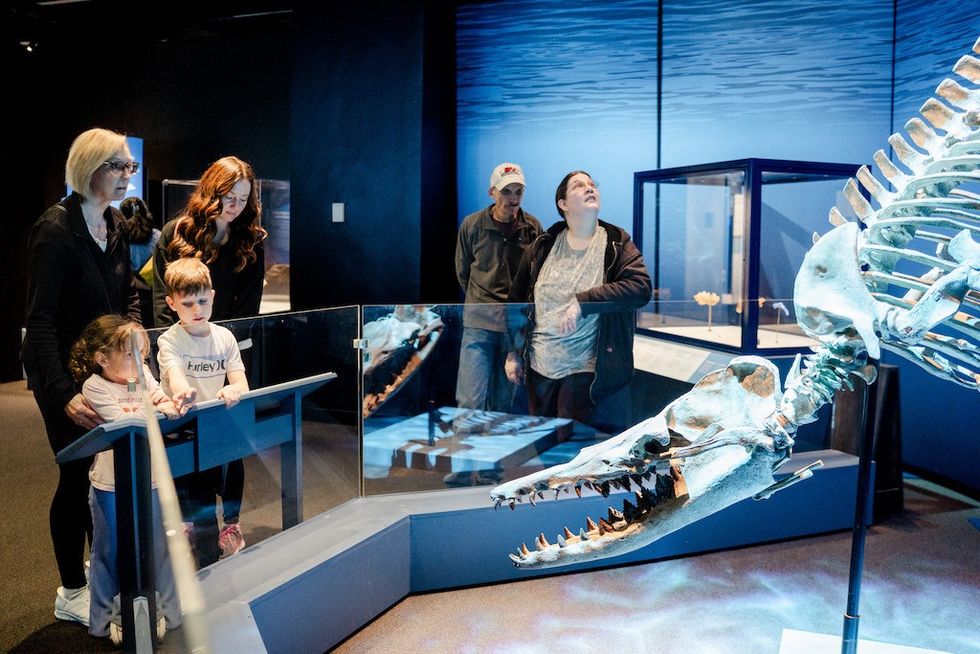
The Denver Museum of Nature & Science (DMNS) is known for its engaging exhibits, scientific research, and educational programming.
Established in 1900, the museum was founded by a group of naturalists, including Edwin Carter, a pioneering taxidermist and collector of Colorado wildlife specimens. His collection served as the museum's foundation.
Originally named the Colorado Museum of Natural History, it was renamed in 2000 to better represent its expanded mission involving science, nature, and education.
DMNS showcases a wide range of permanent and temporary exhibits exploring natural history, anthropology, palaeontology, and space science. Key attractions include wildlife halls, a journey through prehistory, Egyptian mummies, the interactive Space Odyssey exhibition, and an extensive collection of gems and minerals. Additionally, it features a giant-screen IMAX theatre and a digital planetarium.
DMNS serves as a centre for scientific research. It has a dedicated team of scientists researching diverse fields such as palaeontology, archaeology, zoology, botany, and space science.
16.15. The Art Institute of Chicago, Chicago, Illinois - attendance 1,037,000
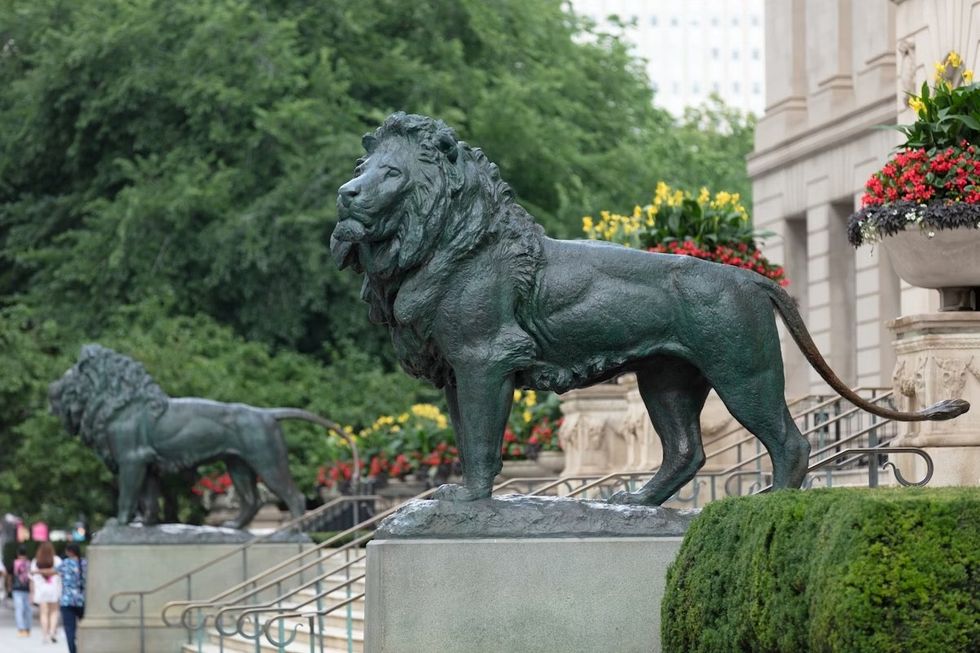
TheArt Institute of Chicago(AIC) is an art museum and educational institution recognised for its extensive art collection and its role in art education.
Founded in 1879, the museum boasts diverse artworks that span thousands of years and multiple cultures. Its collection features over 300,000 pieces, organised into categories such as European paintings, modern and contemporary art, Impressionist and Post-Impressionist art, ancient and Byzantine art, Asian art, and textiles and fashion.
The Art Institute is also home to one of the top art schools in the world, the School of the Art Institute of Chicago (SAIC).
The museum's landmark Beaux-Arts main building is distinguished by its bronze lion statues at the entrance. These lions have become emblematic of the institution. Designed by Renzo Piano, the Modern Wing opened its doors in 2009, adding 264,000 square feet of space and marking one of the largest expansions in museum history.
In September 2024, AIC announced a $75 million donation for a new building for the museum’s collection of modern and contemporary art. The funds, which amount to the single largest naming gift in the institution’s history, were given by art collectors Aaron I. Fleischman and Lin Lougheed.
15.13. Museum of Science, Boston, Massachusetts - attendance 1,400,000
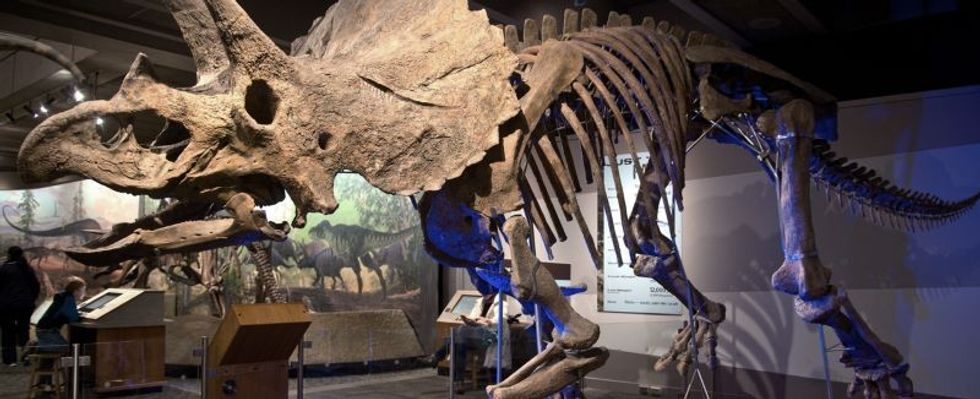
Boston's Museum of Science is tied for 13th place in our list of the best museums in the United States.
Situated along the Charles River, the museum boasts an extensive collection of exhibits and interactive experiences spanning various scientific fields, such as natural history, physics, engineering, and space exploration. Its goal is to foster a lasting passion for science and technology through engaging, hands-on learning and cutting-edge exhibits.
The museum originated in1830 when the Boston Society of Natural History was founded. It was officially renamed the Museum of Science in 1948 and relocated to its present site. It has expanded considerably over the years, incorporating new wings, galleries, and dedicated facilities.
The museum’s exhibit halls house over 700 interactive exhibits covering maths, technology, engineering, the natural world, digital technology, human health and more. Guests can also discover the Charles Hayden Planetarium, a 4D theatre, and a five-story domed IMAX theatre, all offering immersive educational experiences.
In December 2022, the Museum of Science arrived inthe metaverse with the launch of ‘Mission: Mars’, an immersive and educational game on Roblox. Players of Mission: Mars can solve engineering challenges as they explore the red planet in a customisable Mars rover.
14.13. Smithsonian American Art Museum (with the Renwick Gallery), Washington D.C. - attendance 1,400,000
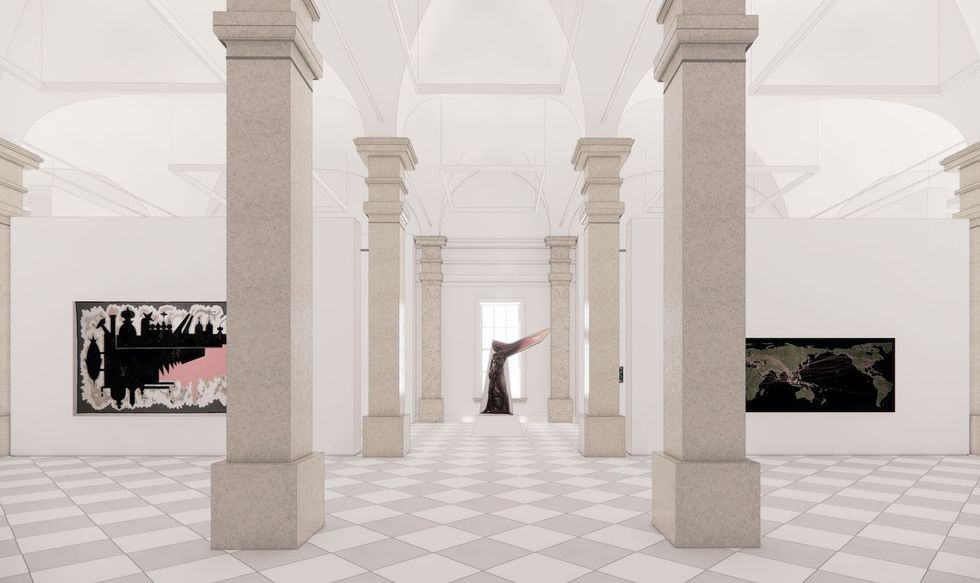
The Smithsonian American Art Museum (SAAM) is one of the world's largest and most comprehensive collections of American art. Another Washington, D.C.-based museum on our list of the best museums in the United States, it is part of the Smithsonian Institution. SAAM displays a variety of artistic styles and eras, capturing the vibrant and diverse legacy of American art.
The museum was founded in1829and joined the Smithsonian Institution in1846. It was the first federal art collection, focused on reflecting the nation’s cultural identity through art. After a significant renovation, it reopened in2006, sharing a building with the National Portrait Gallery in theOld Patent Office Building, a National Historic Landmark.
SAAM’s collection covers over400 yearsof American art, featuring works by more than7,000 artists.It includes a wide range of media, such as paintings, sculptures, photography, folk art, and decorative arts. It also runs theRenwick Gallery, situated close to the White House. The Renwick emphasises contemporary craft and decorative arts, showcasing rotating exhibitions.
In September 2023, SAAM reopened its renovated modern and contemporary art galleries after a two-year redesign project. These spaces now feature a new installation of the museum’s permanent collection. They present art by Black, Indigenous, Latinx, Asian American, LGBTQ+ and women artists as part of the museum-wide initiative to offer a more diverse view ofAmerican art.
SAAM is a leader in using digital technology to make art accessible to the public. In April 2024, it opened a new augmented reality attraction, the Temple of Invention AR experience. Thiscan be found in the museum’s Luce Foundation Center. Before it was anart museum, the historic building was home to the patent office for the US, known as a “temple of invention”. The AR game allows visitors to meet the inventors, soldiers, poets, artists and architects who walked the halls of the patent office.
13.12. Griffin Museum of Science and Industry, Chicago, Illinois - attendance 1,476,000
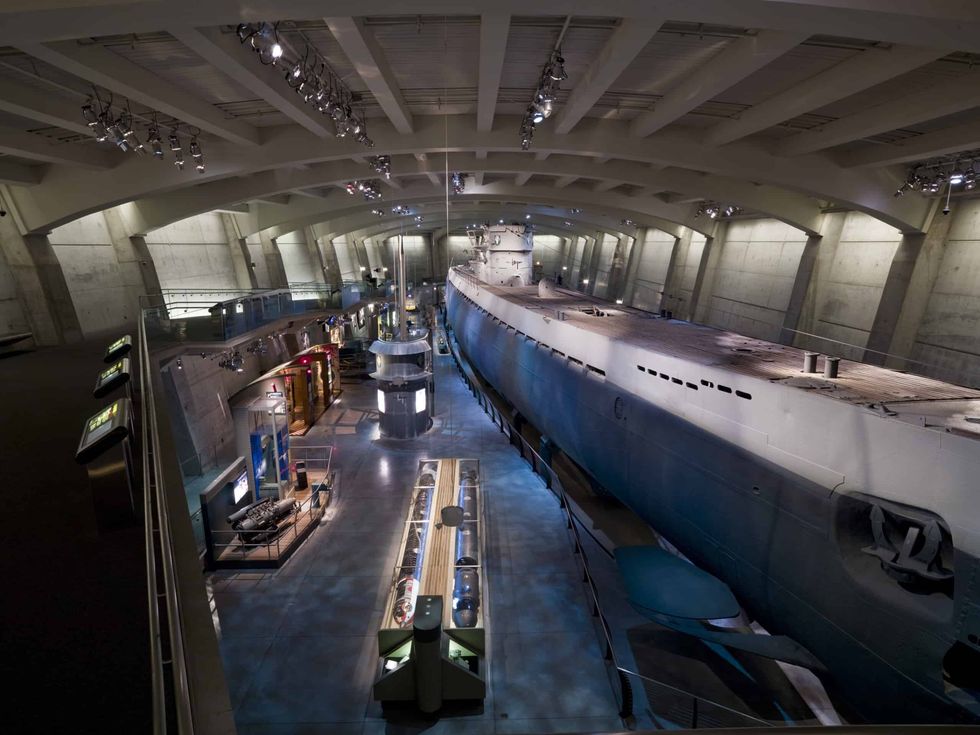
The Kenneth C. Griffin Museum of Science and Industry is one of the largest science museums in the world. Established in 1933, it is housed in the historic Palace of Fine Arts in Jackson Park, Chicago, the only remaining building from the 1893 World's Columbian Exposition.
In October 2019, the museum, formerly known as MSI, announced it would be renamed the Kenneth C. Griffin Museum of Science and Industry following a $125 million donation from philanthropist Kenneth C. Griffin. The name change was officially unveiled on 19 May 2024.
The museum is also home to over 35,000 artefacts and hundreds of exhibits across an exhibit space of 400,000 square feet.
Notable highlights include the U-505, a real German submarine captured during World War II; the Coal Mine exhibit, which gives visitors a realistic look at how coal mining works; the interactive Science Storms exhibit, exploring the science behind natural phenomena such as tornadoes, lightning, and tsunamis; and Pioneer Zephyr a full-sized, historic train that was one of the first diesel-electric streamlined trains in the United States.
Visitors can also discover Numbers in Nature: A Mirror Maze, Robot Revolution, Future Energy Chicago, and the Space Exploration Exhibit, home to a Mercury spacecraft and a full-scale replica of the Apollo 8 command module.
The museum is dedicated to inspiring the inventive genius in everyone by presenting captivating educational exhibits that spark curiosity and encourage learning.
12.11. National Museum of African American History and Culture, Washington, D.C. - attendance 1,600,000
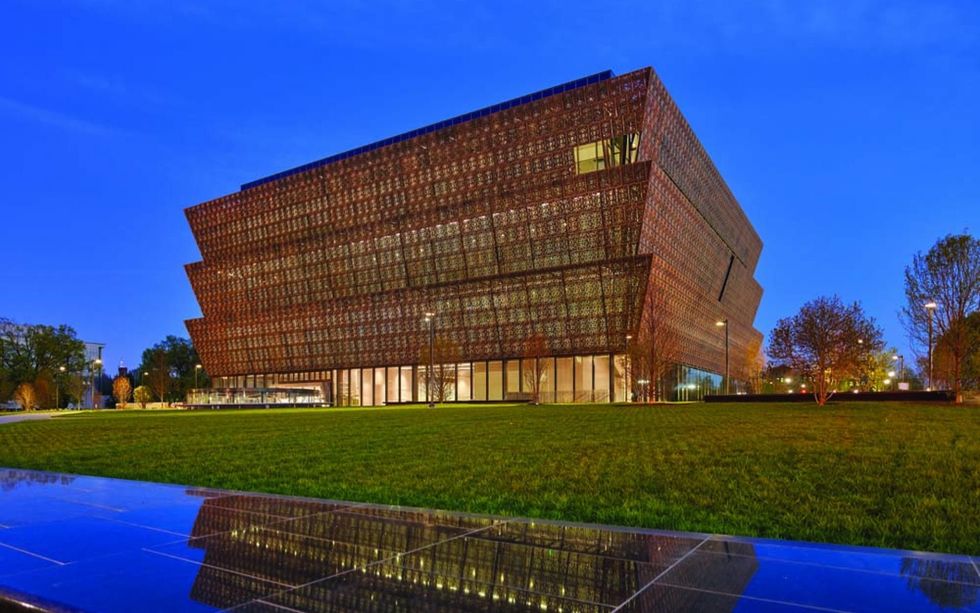
One of the newer institutions on the list of the best museums in the United States, The National Museum of African American History and Culture (NMAAHC), part of the Smithsonian Institution, opened in 2016. It is a landmark museum offering a comprehensive narrative of African American experiences and contributions to American history, from the transatlantic slave trade to the present day.
The idea for a national African American history museum originated in 1915, with numerous attempts over the years to bring it to life. Congress sanctioned its establishment in 2003, and the museum welcomed its first visitors on September 24, 2016, during a dedication ceremony officiated by President Barack Obama.
The museum, designed by David Adjaye and a team of architects, has a unique three-tiered exterior that looks like a crown and is inspired by a West African Yoruba motif. Its outer surface is made of bronze-coloured metal mesh, honouring the detailed ironwork made by enslaved African Americans in the South. The building also includes eco-friendly features and showcases African American art traditions.
The museum contains over 40,000 artefacts. The History Galleries provide a chronological overview of African American history, highlighting significant events. Meanwhile, the Culture Galleries celebrate African American contributions to American culture, encompassing music, theatre, film, visual arts and literature.
NMAAHC's Community Galleries highlight African American life and identity through narratives on family, faith, military service, and sports. Additionally, it houses the Oprah Winfrey Theater, a modern auditorium that presents films, lectures, and performances focused on African American culture and history.
In April 2025, director Kevin Youngstepped down from his role.
11.10. California Science Center, Los Angeles, California - attendance 1,700,000
The other non-New York or Washington, D.C. museum in the list of the top 10 museums in the United States is the California Science Center in Los Angeles.
The California Science Center (CSC) in Exposition Park aims to inspire curiosity and enhance science education for individuals of all ages. Renowned for its interactive exhibits, live demonstrations, and one-of-a-kind collection of historic spacecraft, the centre provides an extensive exploration of subjects, including biology, physics, space exploration, and environmental science.
Initially founded in 1951 as the California Museum of Science and Industry, it underwent significant renovations and reemerged as the California Science Center in 1998.
Visitors can explore the Ecosystems Exhibit with its giant kelp forest aquarium, as well as Creative World, which includes interactive displays on transportation, communication, and energy. Meanwhile, in World of Life, there are live animal exhibits and demonstrations highlighting the diversity of life on Earth, and the museum's Air and Space Exhibits showcase historic aircraft and space exploration artefacts.
One of its star exhibits, NASA’s retired space shuttleEndeavour, was reinstalled in the vertical launch position in 2024. Endeavour will be displayed in the museum’s new Samuel Oschin Air and Space Center, currently under construction. The installation came after a six-month process dubbed ‘Go for Stack’ to move and lift each component into place. The 122-foot-long orbiter was lifted onto two solid rocket boosters and a 154-foot external tank (ET-94) by a 450-foot crane.
The California Science Center is also home to a 7-story IMAX screen and offers educational programming like science camps, field trips, live demonstrations, lectures, and more. As a public-private partnership between the State of California and the California Science Center Foundation, CSC provides free general admission, making science accessible to a broad audience.
10.9. Houston Museum of Natural Science, Houston, Texas - attendance 1,800,000
While the list of the top 10 museums in the United States is dominated by New York- and Washington, D.C.-based institutions, Texas's Houston Museum of Natural Science comes in at number 9.
Houston Museum of Natural Science (HMNS) is known for its extensive collections, world-class exhibits, and educational programs. It attracts millions of visitors annually and offers a wide range of exhibits covering science, nature, history, and astronomy topics.
Founded in 1909, HMNS is one of the oldest museums in Texas. Its primary location is in Hermann Park, with satellite facilities such as the George Observatory in Brazos Bend State Park, home to one of the largest telescopes in the country that is open to the public.
It features four floors of permanent exhibit halls, including the Hall of Paleontology, which is one of the largest palaeontology halls in the world, as well as the Hall of Ancient Egypt, the Gem and Mineral Hall, the Farish Hall of Texas Wildlife, the Wiess Energy Hall and the Cockerell Butterfly Center.
Visitors can also enjoy the Burke Baker Planetarium, which features immersive full-dome shows on astronomy and space science, and the Wortham Giant Screen Theater, a 4K theatre offering nature and science-themed films on a giant screen.
9.8. National Air and Space Museum, Washington, D.C. - attendance 1,900,000
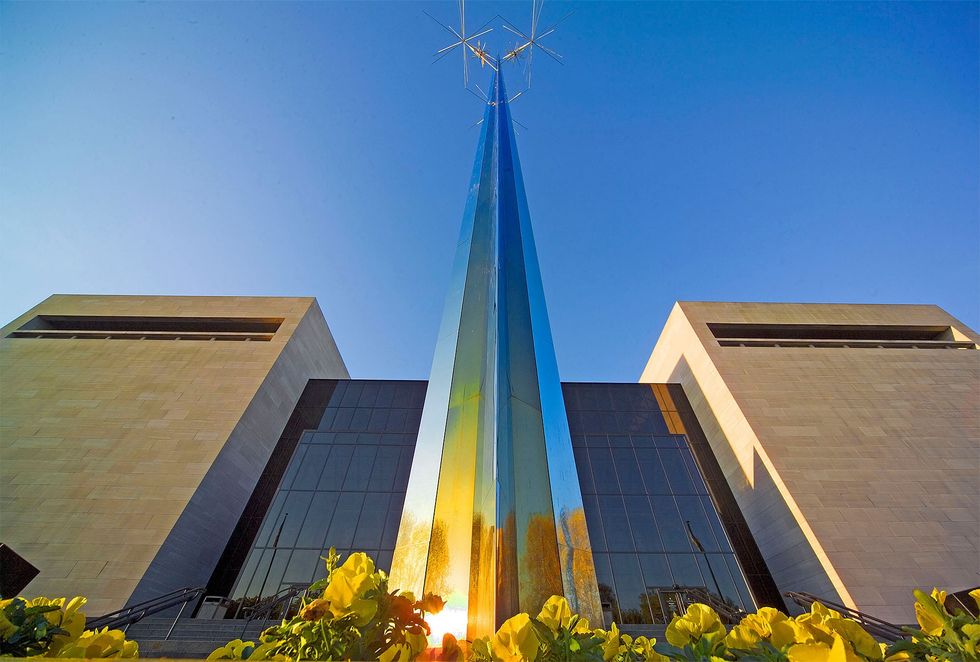
The National Air and Space Museum (NASM), part of the Smithsonian Institution, houses the world's largest collection of historic aircraft and spacecraft, providing an in-depth look at the history, science, and technology behind aviation and space exploration. Established in 1946, the museum opened its current building on the National Mall in 1976.
Highlights include the Wright Flyer, the original aircraft flown by the Wright brothers in 1903; the Spirit of St. Louis, Charles Lindbergh ’s plane that completed the first solo nonstop transatlantic flight; and the Apollo 11 Command Module Columbia, the spacecraft that carried astronauts back to Earth after the first moon landing in 1969.
The museum features exhibits covering a range of subjects, such as the history of flight, military aviation, contemporary space exploration, and planetary science. In addition, its IMAX theatres and planetarium provide immersive experiences and educational films focused on aviation and space.
The National Air and Space Museum began a major multi-year renovation in 2018. After closing in March 2022 to install eight new galleries in the building’s west wing, it reopened in autumn 2022. The east wing is currently scheduled to be completed in 2025. In 2022, it also unveiled a new brand and identity for the first time since opening in 1976.
The mission statement of the National Air and Space Museum is ‘to inspire the next generation of explorers and innovators.’ Speaking to blooloop in 2021, Dr Ellen Stofan, under secretary for science and research at the Smithsonian, said:
“That really means, how do youtell an amazing storyof what is, basically, people defying gravity? We find the wonderful stories of people like the Wright brothers, stories of the 400,000 people it took to make Apollo happen and great individual stories. We have, as amuseum, such inspiration. Look what people can do when they put their minds to it.”
8.7. National Museum of American History, Washington, D.C. - attendance 2,100,000
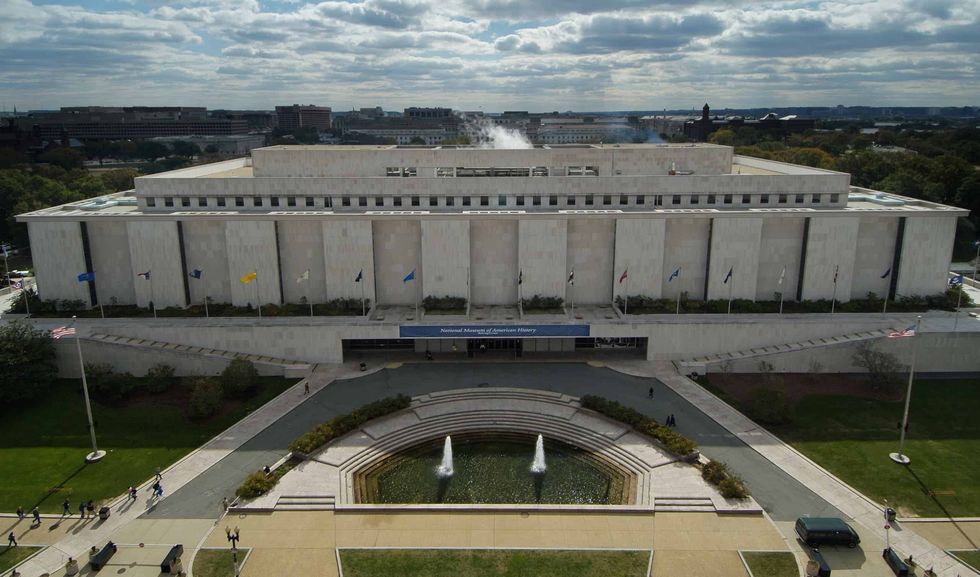
The National Museum of American History (NMAH), part of the Smithsonian Institution, is situated on the National Mall in Washington, D.C.
Established in 1964, the museum focuses on preserving and showcasing artefacts representing the history, culture, and advancements of the United States. With its vast collections, exhibitions, and programmes, NMAH enables visitors to gain insights into the nation’s political, social, scientific, and cultural legacy.
The museum covers 750,000 square feet and contains over 1.8 million artefacts across various themes, such as politics, technology, pop culture, and daily life in America. Among its treasures are some of the most famous items in American history, including the Star-Spangled Banner, the Greensboro Lunch Counter, Thomas Jefferson ’s desk, and Julia Child ’s kitchen.
NMAH provides an online platform featuring activities, lesson plans, and primary sources tailored for educators and learners. Additionally, it frequently organises public discussions, performances, and special events centred around American history and culture.
Designed in a modernist style, the museum was significantly renovated in 2008, featuring enhancements to the building’s facade and interior galleries. The revamped entrance and public areas now provide a more inviting atmosphere and better accessibility.
7.6. National September 11 Memorial & Museum, New York City, New York - attendance 2,265,000
The National September 11 Memorial & Museum, commonly known as the 9/11 Museum, serves as a poignant tribute to the nearly 3,000 lives lost in the terrorist attacks on September 11, 2001. Located at the site of the former World Trade Center in Lower Manhattan, the museum and memorial provide a space for reflection, remembrance, and education.
Designed by Davis Brody Bond, the museumis under the 9/11 Memorial Plaza, within the original Twin Towers' footprints. It opened to the public on 21 May 2014, after the memorial's dedication on 11 September 2011, marking the 10th anniversary of the attacks.
The museum spans 110,000 square feet, combining permanent exhibitions, interactive displays, and preserved artefacts. The main exhibit provides a comprehensive timeline of the events leading up to, during, and after the September 11 attacks, featuring multimedia displays and video footage of the attacks, as well as first-person accounts from survivors and first responders, with a focus on the global impact of 9/11 and its aftermath.
Meanwhile, the memorial exhibition is a space dedicated to the victims of both the 2001 and 1993 attacks.
The 9/11 Memorial, designed by Michael Arad and Peter Walker, features two large reflecting pools within the Twin Towers' footprints, surrounded by bronze panels with the victims' names. The cascading water creates a serene atmosphere. A pear tree that survived the attacks symbolises hope and resilience after being replanted.
6.5. The Museum of Modern Art, New York City, New York - attendance 2,840,000
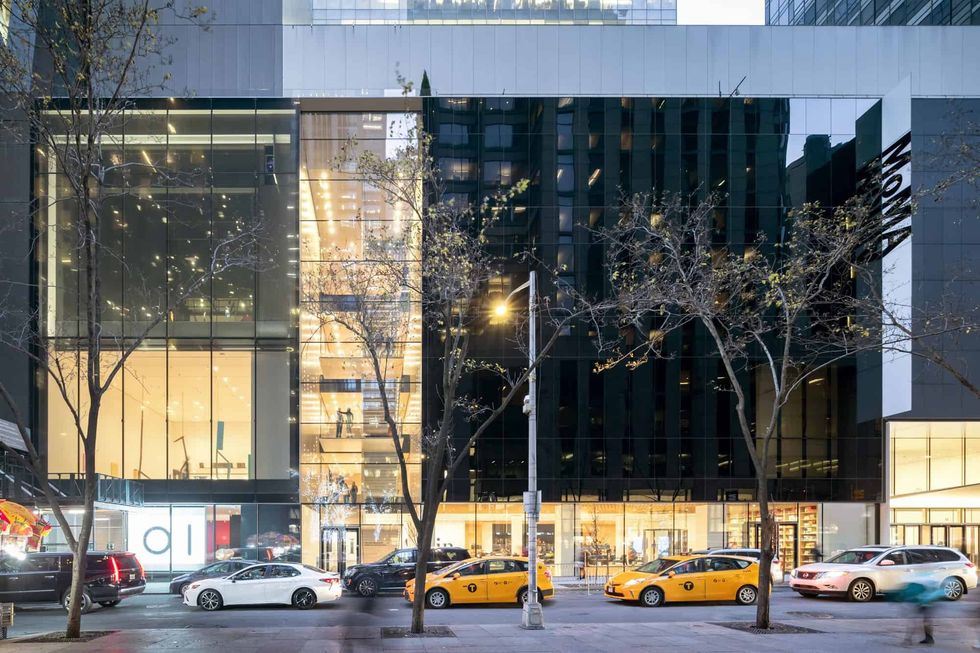
The Museum of Modern Art (MoMA) in New York City is one of the foremost institutions globally for modern and contemporary art.
Established in 1929 by Abby Aldrich Rockefeller, Lillie P. Bliss, and Mary Quinn Sullivan, MoMA was created to enhance public appreciation and understanding of modern art. It has evolved into a prestigious cultural landmark over the years, celebrated for its innovative exhibitions and remarkable permanent collections.
MoMA’s collection features over 200,000 art pieces across various mediums, including paintings, sculptures, drawings, prints, photographs, films, design objects, and performance art. The space is also celebrated for engaging temporary exhibitions that frequently showcase influential contemporary artists or delve into significant art movements.
A satellite museum in Long Island City, Queens, MoMA PS1 focuses on experimental and contemporary art.
MoMA’s building, designed by Japanese architect Yoshio Taniguchi and expanded by Diller Scofidio + Renfro in 2019, is a modern architectural masterpiece. The renovation introduced new galleries and improved public spaces, creating a more immersive experience for visitors.
In September 2024, MoMA announced that Glenn Lowry, its longest-serving director, would step down from his post in September 2025. Lowry has held the top post at the museum since 1995. Christophe Cherix has been named as his successor.
5.4. National Gallery of Art, Washington, D.C - attendance 3,830,000
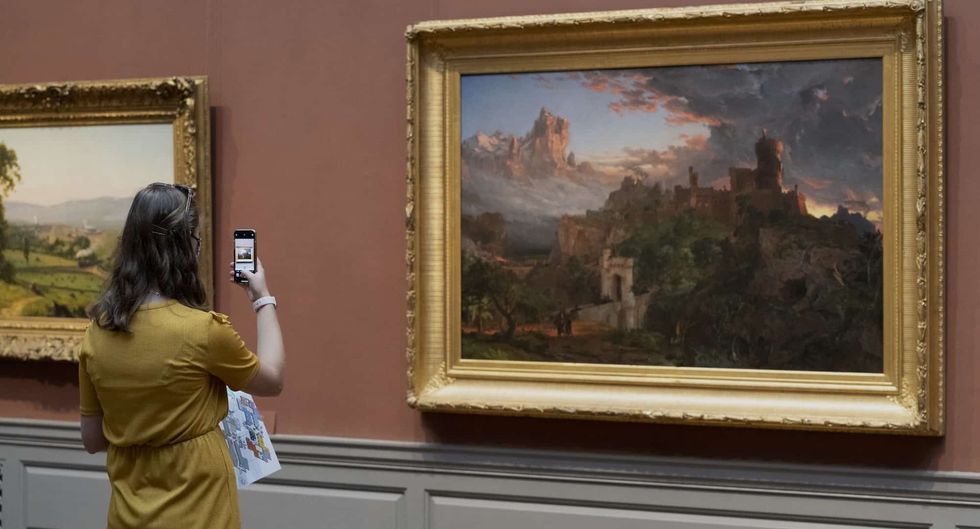
The National Gallery of Art (NGA), located on the National Mall in Washington, D.C., was established in 1937 through a generous donation by financier and art collector Andrew W. Mellon. The NGA is committed to preserving, collecting, and showcasing artworks for public enjoyment and education.
The museum consists of two main structures linked by an underground concourse featuring a moving walkway beneath a light installation by artist Leo Villareal. The West Building showcases European art from the Middle Ages to the 19th century and American art from the colonial period to the early 20th century.
Designed by architect I. M. Pei and opened in 1978, the East Building emphasises modern and contemporary art. Additionally, there is an outdoor sculpture garden.
The National Gallery of Art’s collection spans over 150,000 works, including paintings, sculptures, prints, drawings, photographs, and decorative arts.
The NGA regularly hosts temporary exhibitions that draw global attention. These exhibitions often focus on specific artists, art movements, or historical periods, featuring loans from major museums worldwide. The museum also offers free lectures, curator talks, and guided tours, enhancing visitors' understanding of the collections.
See also: Digital brings people together at the National Gallery of Art
4.3. National Museum of Natural History, Washington, D.C. - attendance 4,400,000
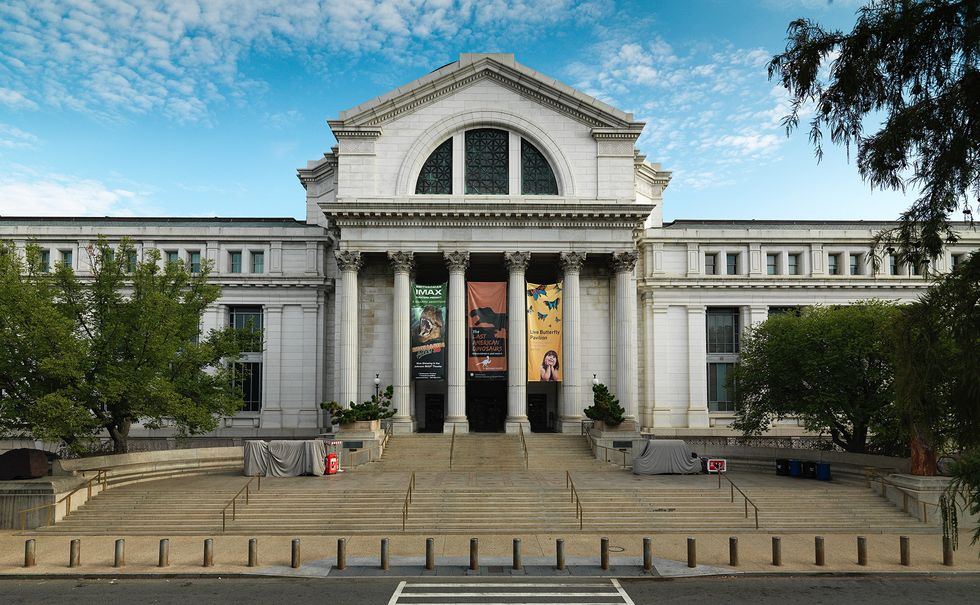
The National Museum of Natural History (NMNH), part of the Smithsonian Institution, is one of the most visited museums in the world. Located on the National Mall in Washington, D.C., it opened in 1910 and has become a leading centre for natural history research and public education.
The museum celebrates the incredible diversity of life on Earth, our planet's fascinating history, and the rich cultures that make up humanity.
Its iconic domed building covers an impressive 1.5 million square feet, with over 350,000 square feet dedicated to exhibition space. It holds over 146 million captivating specimens and artefacts, establishing it as one of the largest natural history collections in the world. Visitors can discover fossils, minerals, plants, human cultural artefacts, and animal specimens.
Highlights include the Hall of Fossils, the Hall of Geology, Gems, and Minerals - home to the 45.52-carat Hope Diamond - the Sant Ocean Hall, the Hall of Human Origins, and the Butterfly Pavilion.
In 2024, The Smithsonian launched a two-year, $2.5 billion fundraising campaign – the largest in the institution’s history. The $2.5bn goal would also be the most significant amount to be raised in a fundraising campaign by a cultural organisation. The campaign will finish in 2026 to coincide with the 250th anniversary of the signing of the Declaration of Independence.
Image credit: Hugh Talman and James Di Loreto
3.2. American Museum of Natural History, New York City, New York - attendance 5,000,000
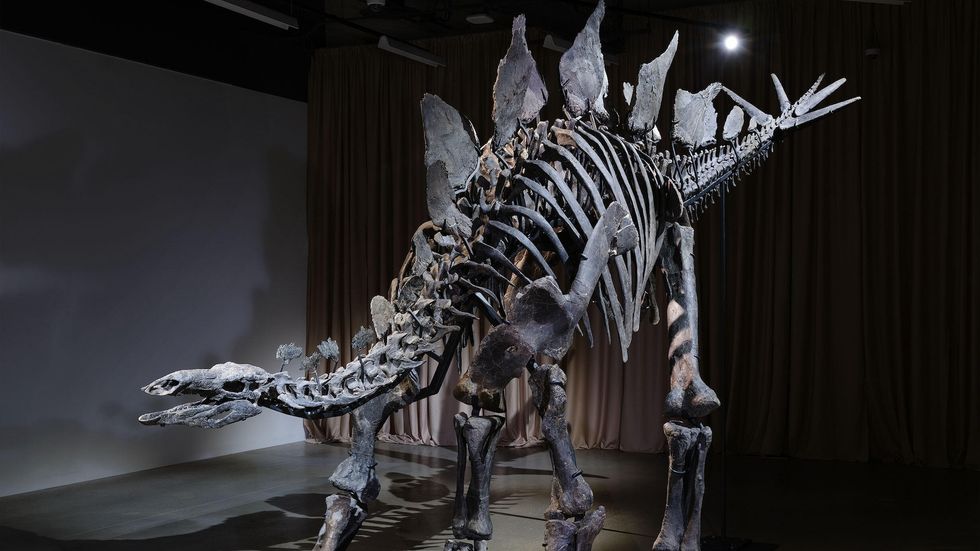
The American Museum of Natural History (AMNH), situated on Manhattan’s Upper West Side opposite Central Park, is among the most renowned institutions globally for scientific research and education. Established in 1869, the museum focuses on examining and interpreting the natural world, human cultures, and the universe.
The museum complex comprises 26 linked buildings with 45 permanent exhibition halls, research labs, and one of the world's largest natural history libraries. AMNH boasts a collection exceeding 34 million specimens and artefacts, encompassing various subjects, such as anthropology, palaeontology, zoology, geology, and astrophysics, providing unique insights into the natural world.
Notable exhibits include the Dinosaur Fossil Halls, Milstein Hall of Ocean Life, Rose Center for Earth and Science, Hall of Human Origins, and Hall of Meteorites.
AMNH provides a range of educational programmes featuring lectures from top scientists, interactive workshops, and science camps for kids. Additionally, it is a premier research institution, employing over 200 scientists and conducting active research in areas like biodiversity, genomics, palaeontology, and astrophysics.
In May 2024, AMNH celebrated the opening of the $465 million Richard Gilder Center for Science, Education, and Innovation. Designed by Studio Gang, the new wing is home to research facilities,scientific collections, new exhibits, an insectarium, and a butterfly vivarium. The 230,000-square-foot Gilder Center enhances the museum’s visitor experience, connecting 10 buildings constructed over nearly 150 years.
A highlight of the new wing is Apex, the largest and one of the most complete stegosaurus specimens ever found. The 150-million-year-old fossil measures 11.5 feet tall and 27 feet long.
2.1. The Metropolitan Museum of Art, New York City, New York - attendance 5,364,000
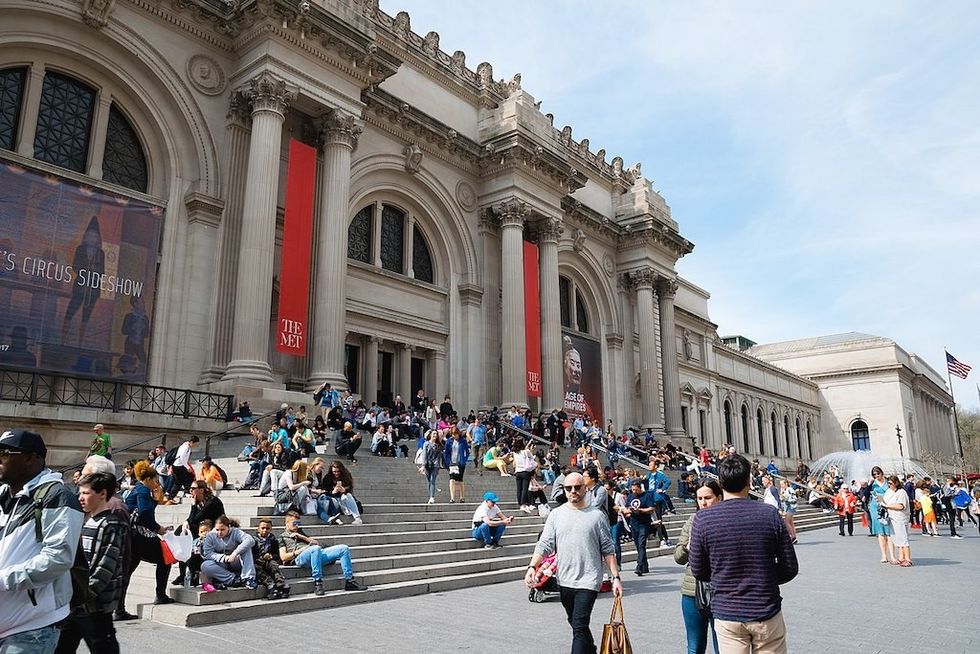
The Metropolitan Museum of Art, or The Met, ranks among the largest and most prestigious art museums globally. Established in 1870 in New York City, it aims to provide art and art education to the American public. Today, The Met features a collection that covers 5,000 years of art from diverse cultures and eras, solidifying its status as an essential destination for art lovers.
The Met boasts over two million works of art, with celebrated collections in Ancient Egyptian Art, European Masterpieces, American Decorative Arts, and Arms and Armor. It is also home to the Costume Institute, known for the celebrity-studded annual Met Gala. It regularly curates world-class temporary exhibitions, showcasing everything from ancient civilisations to modern artists.
In December 2024, The Met revealed its designs for a new $550 million wing for modern and contemporary art, set to open in 2030. The concept by Mexican architect Frida Escobedo – the first woman to design a wing in the museum’s 154-year history – includes the renovation and expansion of The Met’s existing modern and contemporary wing.
The expansion will boost the wing’s gallery space by almost 50 percent, providing over 70,000 square feet for the museum's art collection from the 20th and 21st centuries.
The museum has also announced it will reopen its Michael C. Rockefeller Wing on 31 May 2025. The wing has been closed for renovations since 2021 and will feature updated galleries showcasing the museum’s collections from Africa, the Ancient Americas, and Oceania.
To view the 2023 TEA/AECOM Theme Index and Museum Index, presented by Storyland Studios, a global experience design and strategy firm, and produced in collaboration with The Themed Entertainment Association (TEA) and the Economics practice at AECOM, please click here.
Charlotte Coates is blooloop's editor. She is from Brighton, UK and previously worked as a librarian. She has a strong interest in arts, culture and information and graduated from the University of Sussex with a degree in English Literature. Charlotte can usually be found either with her head in a book or planning her next travel adventure.
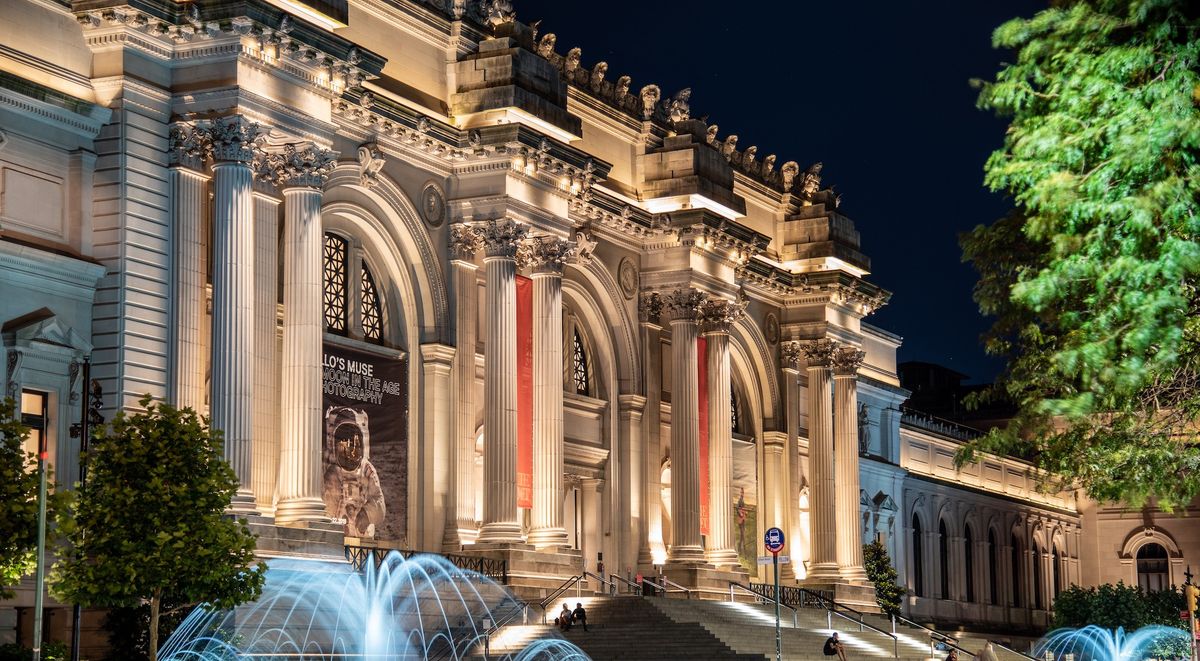

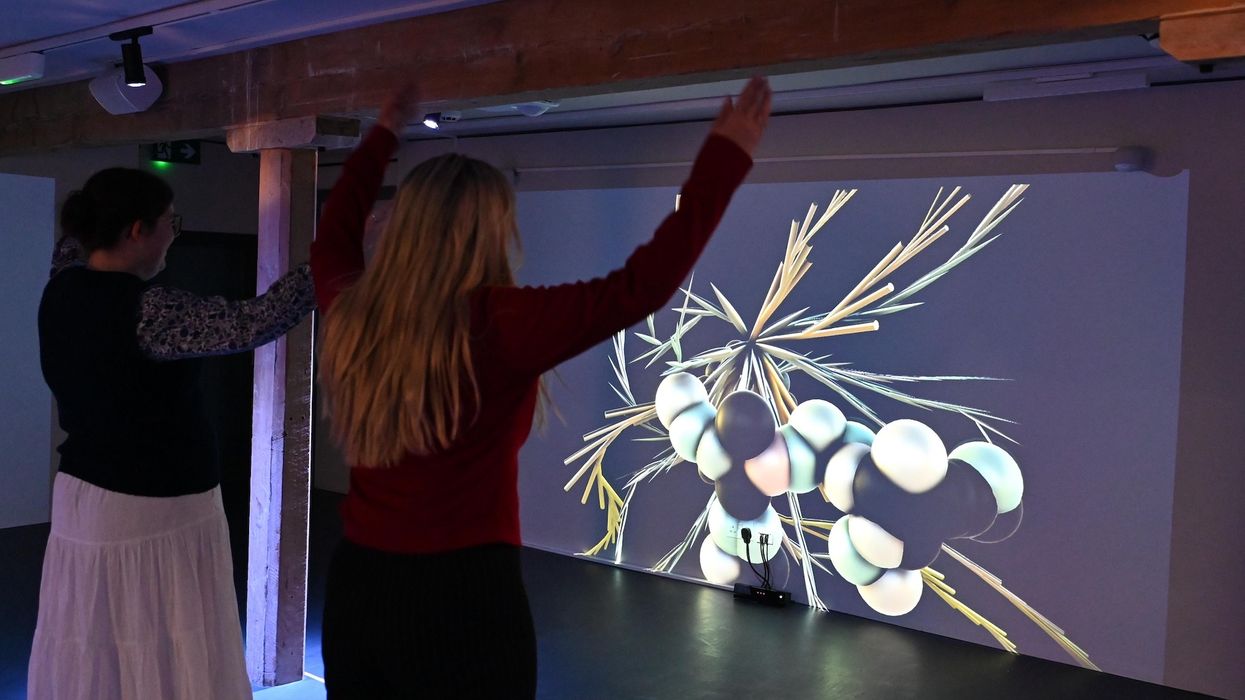
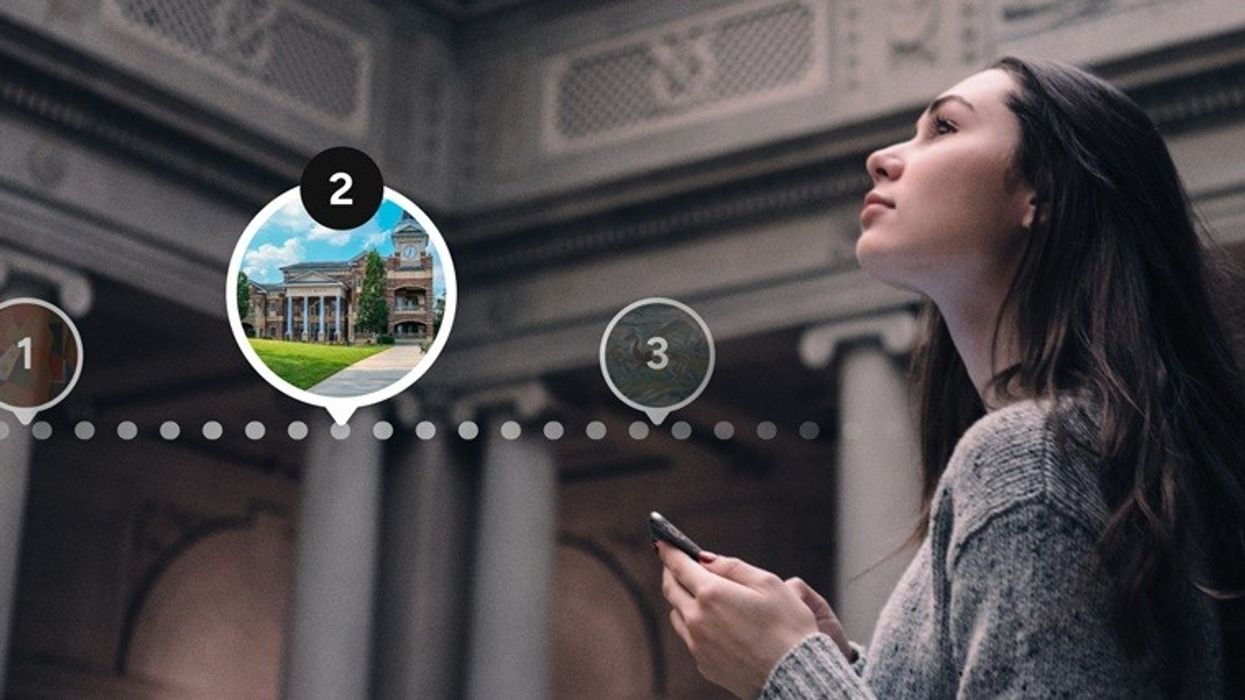
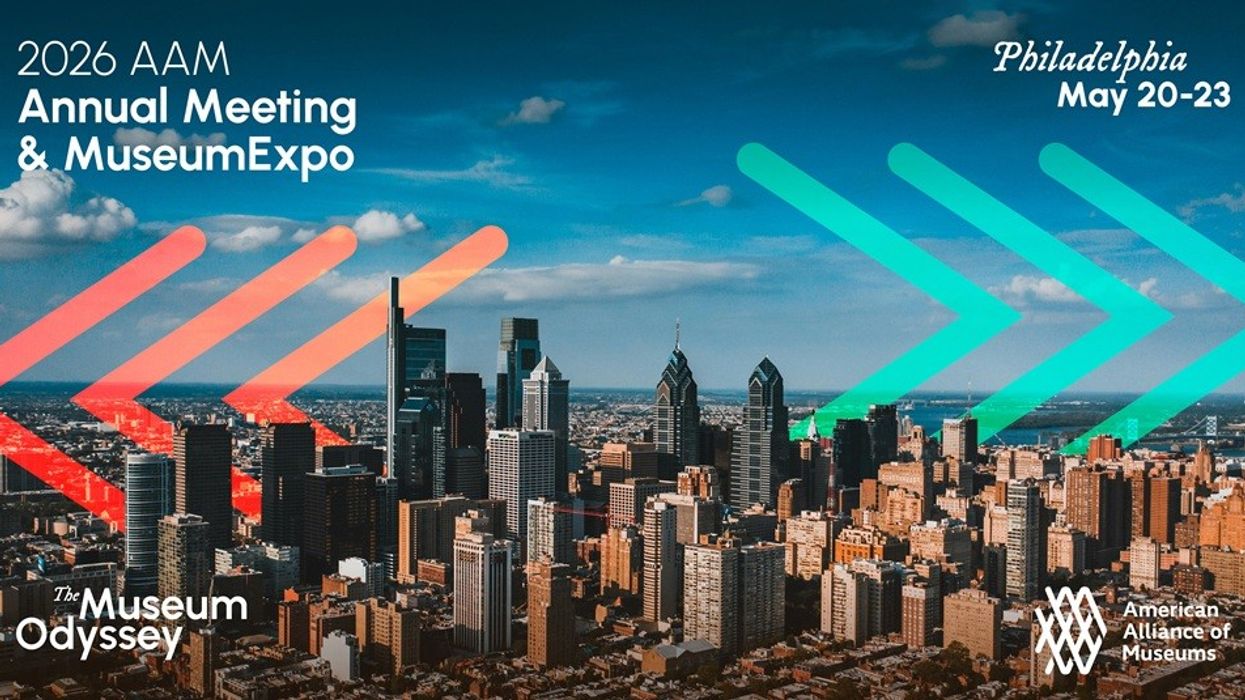


 Toby Harris
Toby Harris Hijingo
Hijingo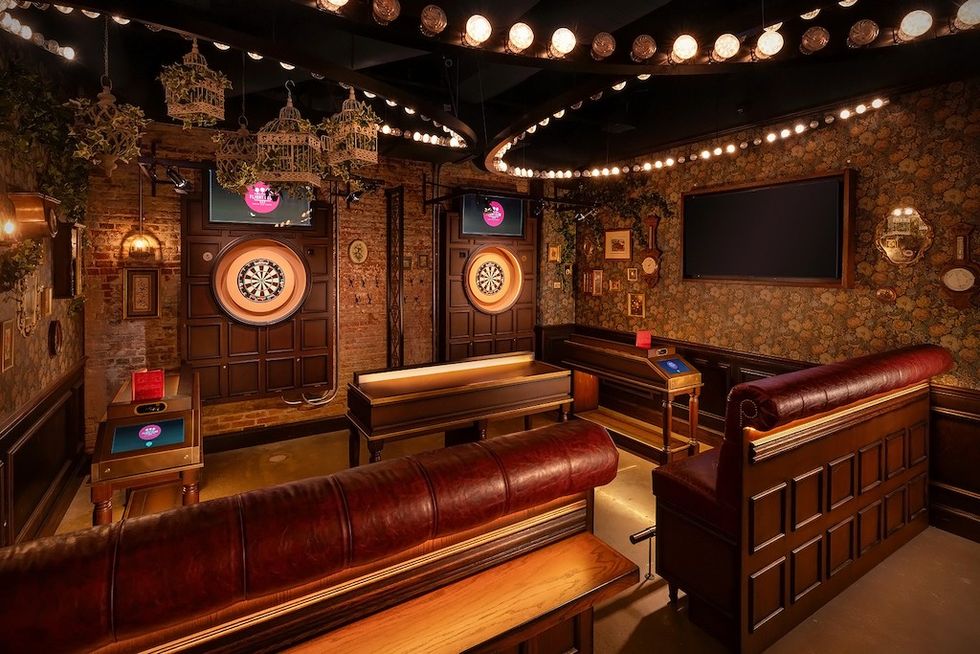 Flight Club, Washington D.C.
Flight Club, Washington D.C.
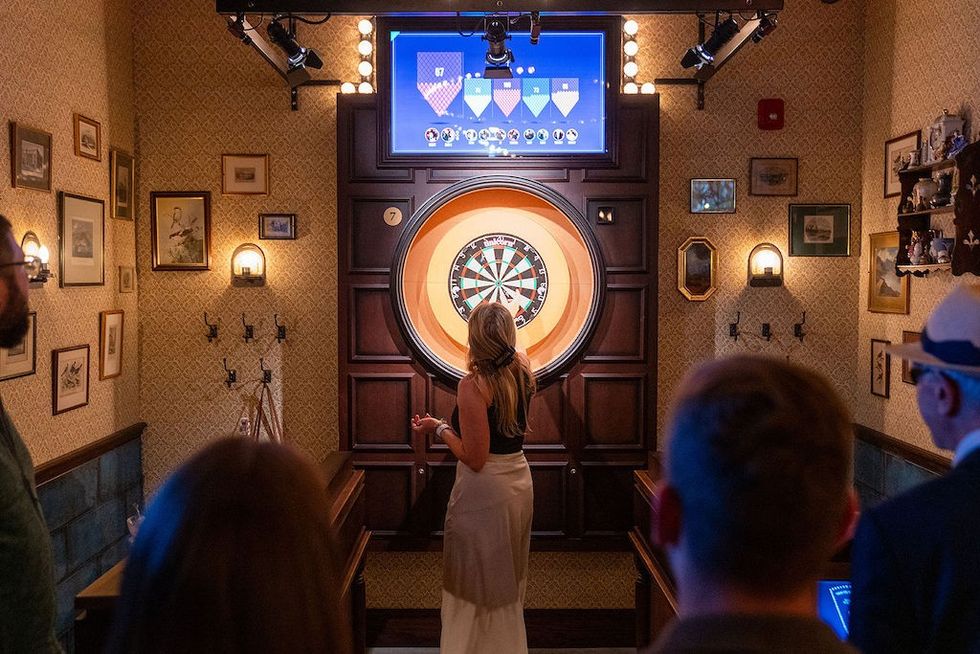 Flight Club Philadelphia
Flight Club Philadelphia Flight Club Philadelphia
Flight Club Philadelphia Bounce
Bounce Hijingo
Hijingo Bounce
Bounce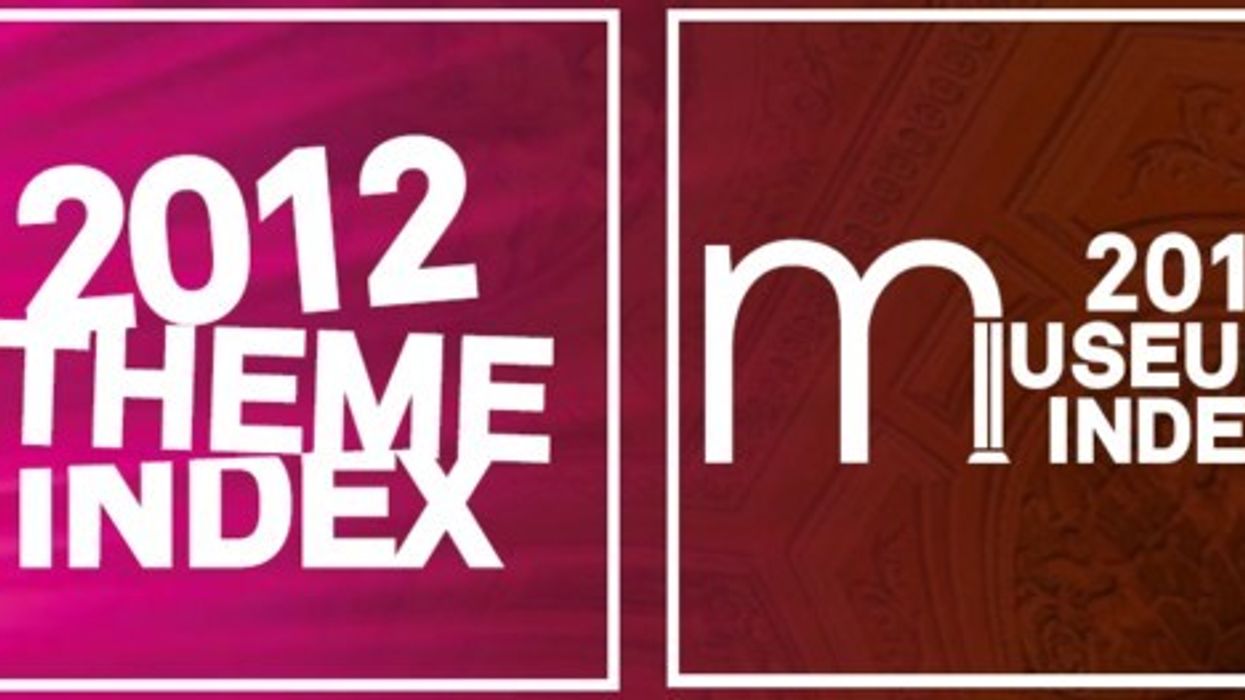

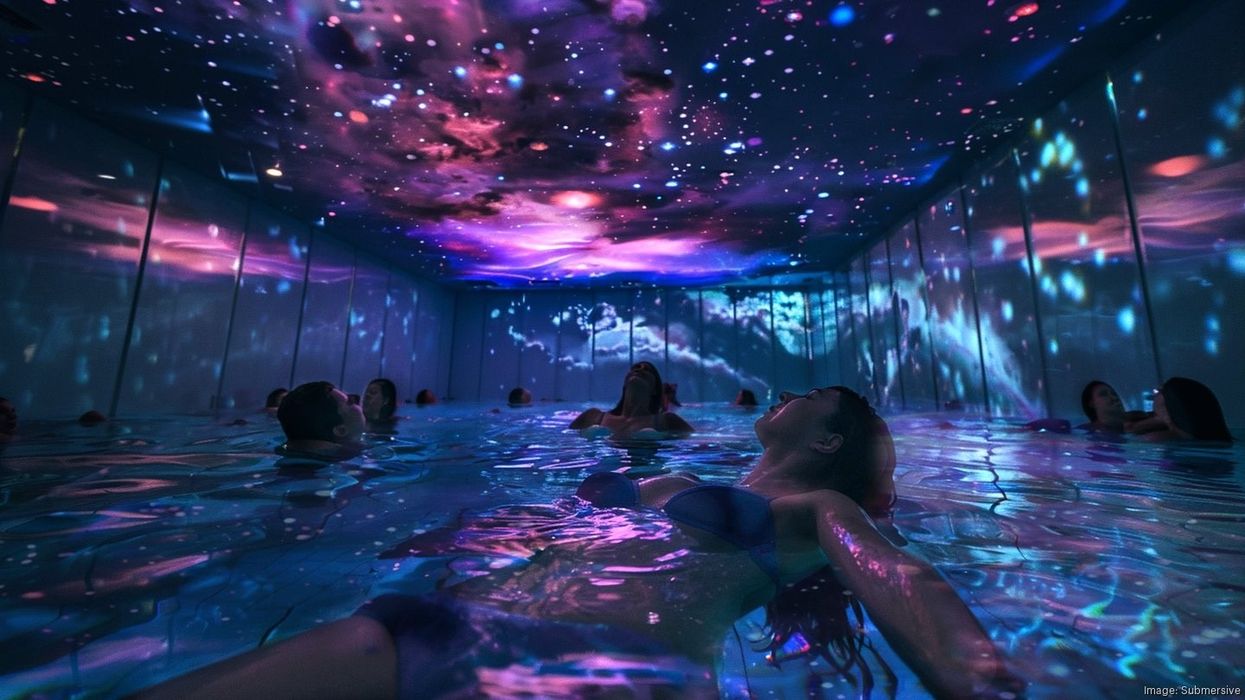
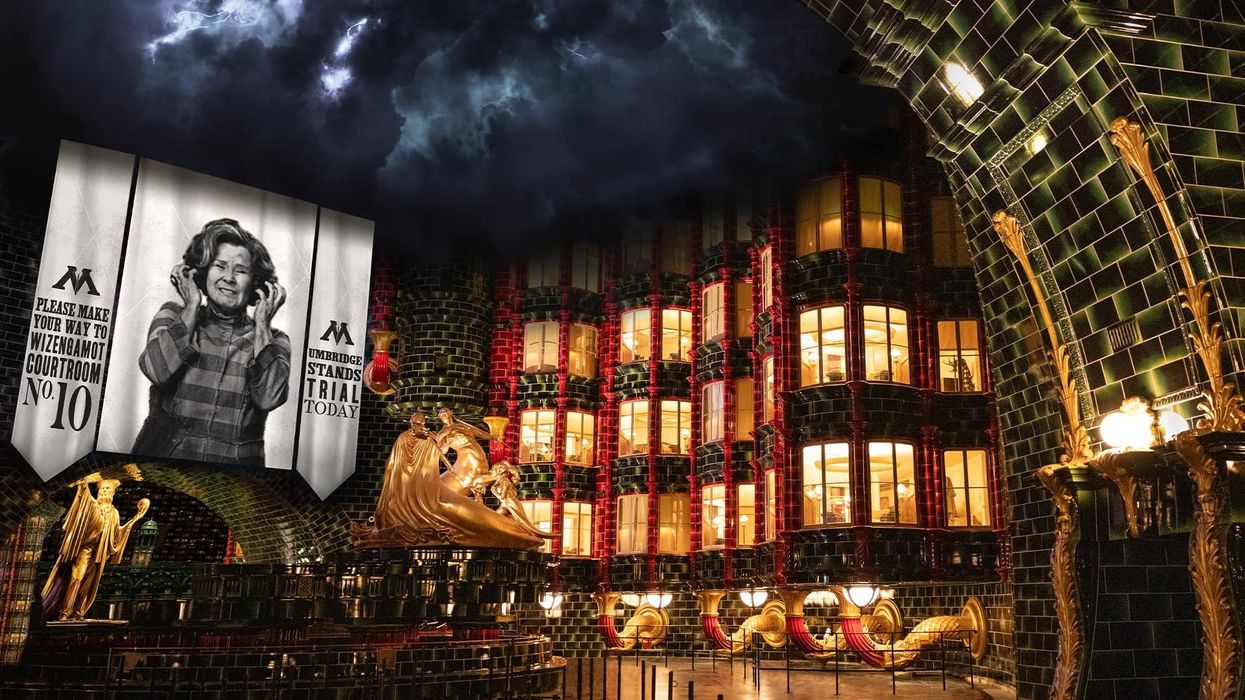



 Fernando Eiroa
Fernando Eiroa
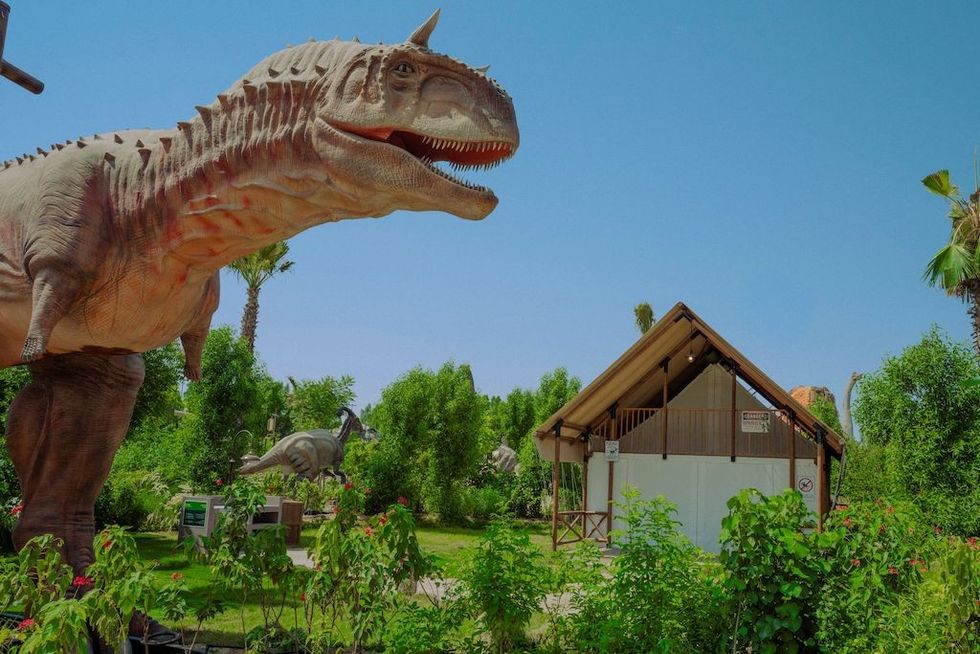

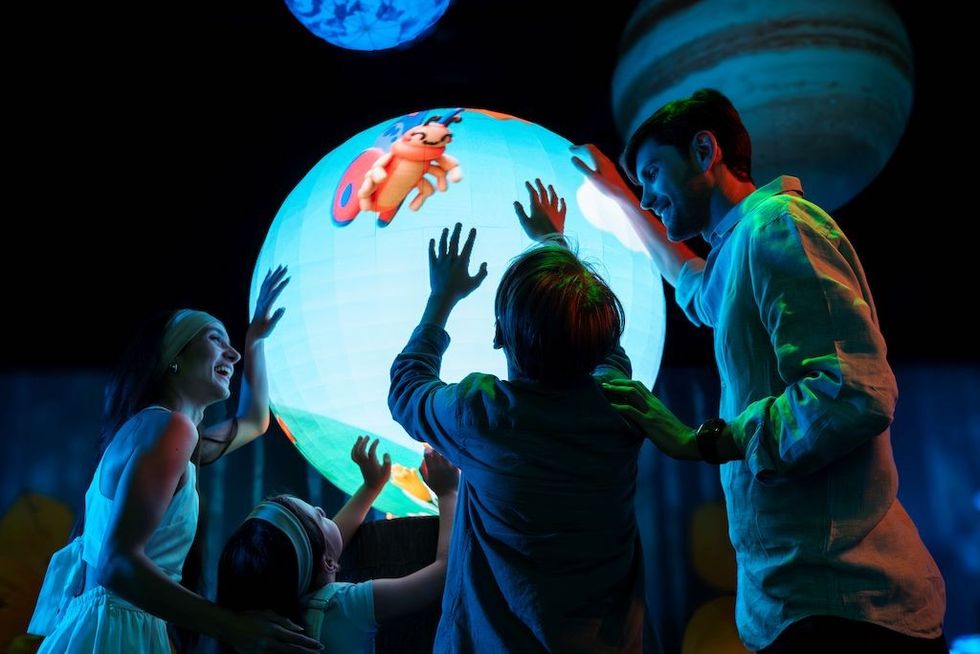







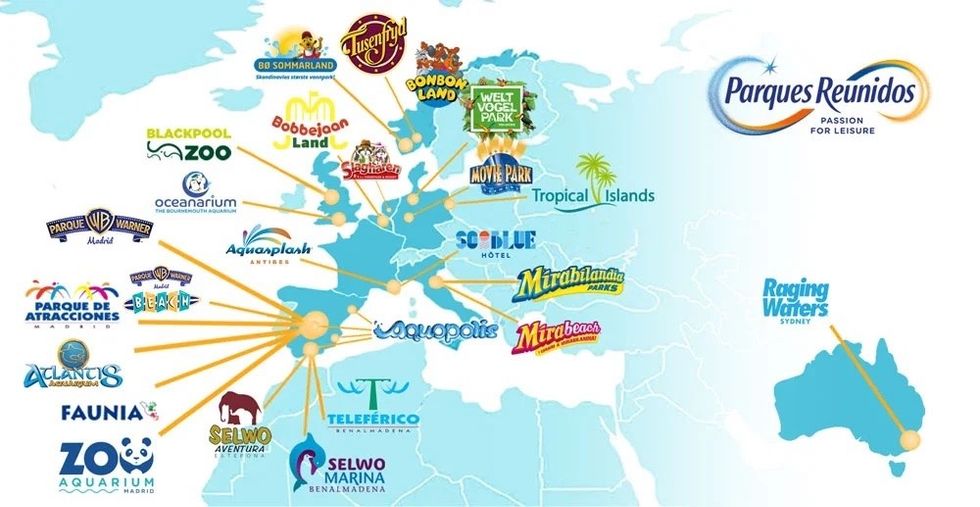
 Nickelodeon Land at Parque de Atracciones de Madrid
Nickelodeon Land at Parque de Atracciones de Madrid Raging Waters
Raging Waters  Mirabilandia's iSpeed coaster
Mirabilandia's iSpeed coaster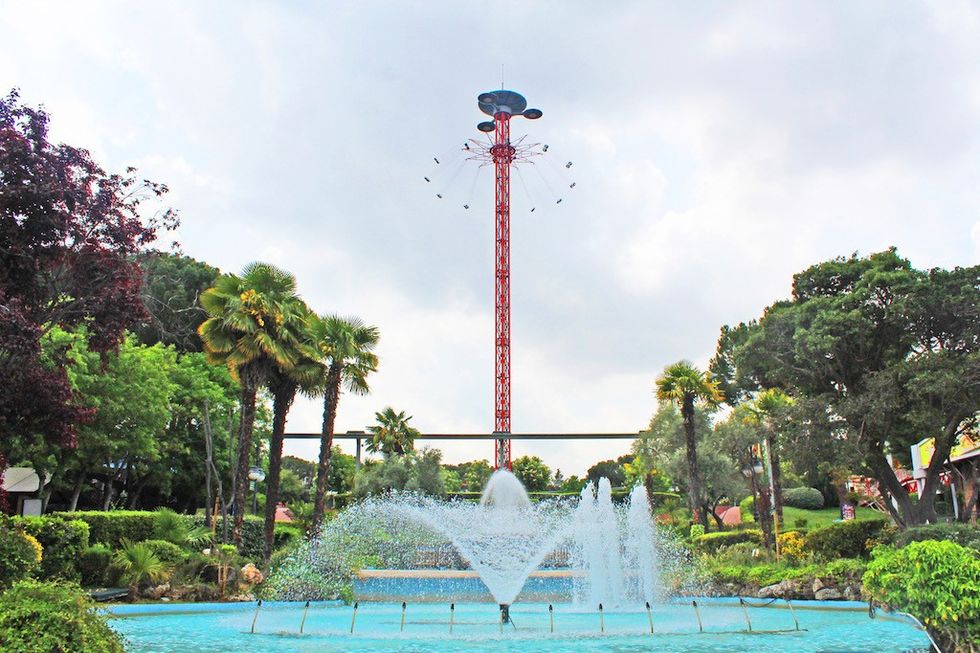 Parque de Atracciones de Madrid
Parque de Atracciones de Madrid Ferracci at the ribbon-cutting ceremony for Nickelodeon Land at Mirabilandia, with (left) Marie Marks, senior VP of global experiences for Paramount and (cutting the ribbon) Sabrina Mangina, GM at Mirabilandia
Ferracci at the ribbon-cutting ceremony for Nickelodeon Land at Mirabilandia, with (left) Marie Marks, senior VP of global experiences for Paramount and (cutting the ribbon) Sabrina Mangina, GM at Mirabilandia Tropical Islands OHANA hotel
Tropical Islands OHANA hotel Elephants at Blackpool Zoo
Elephants at Blackpool Zoo 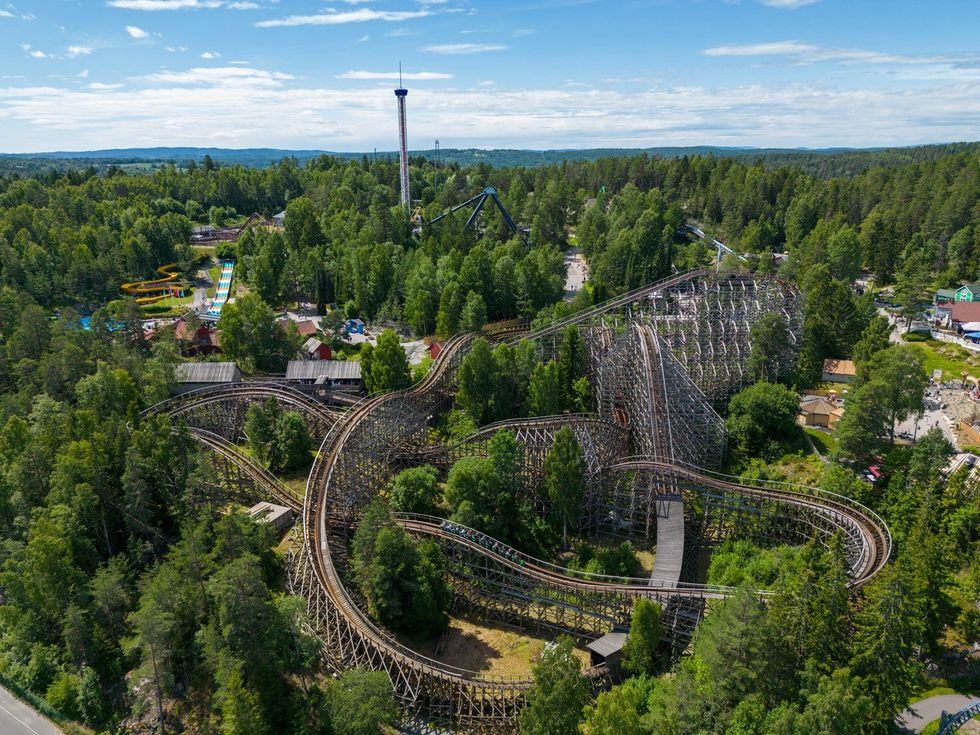 Tusenfryd
Tusenfryd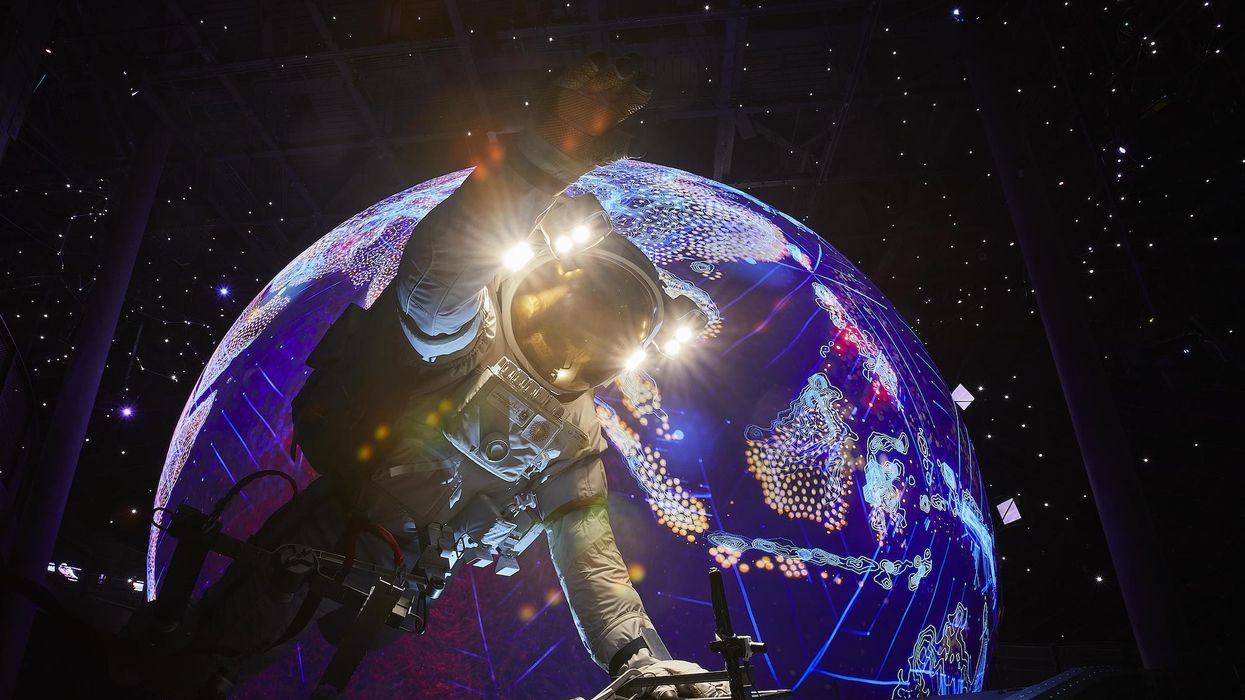
 Andrew Thomas, Jason Aldous and Rik Athorne
Andrew Thomas, Jason Aldous and Rik Athorne
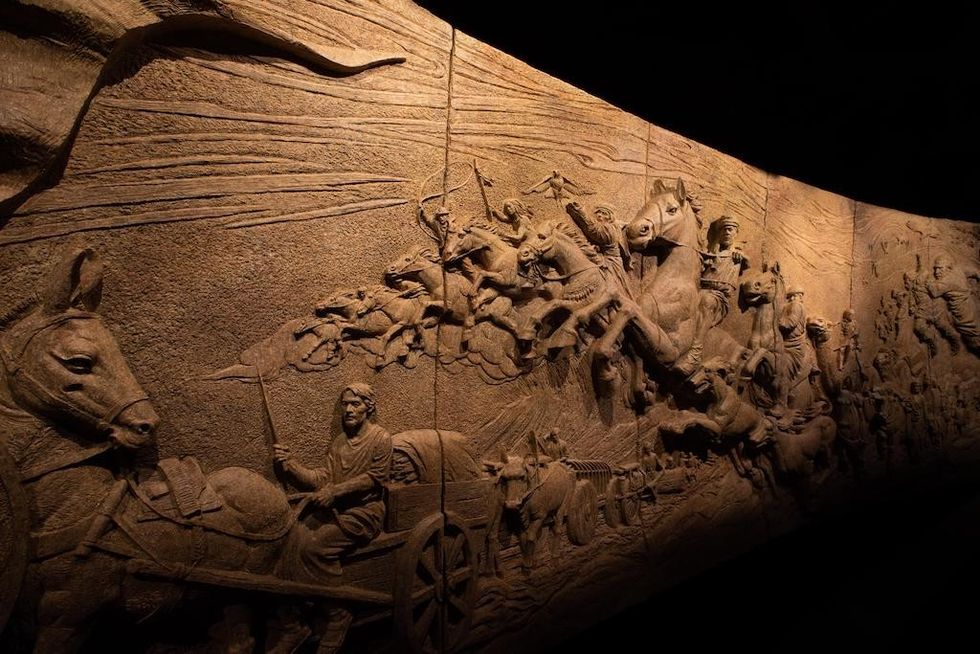
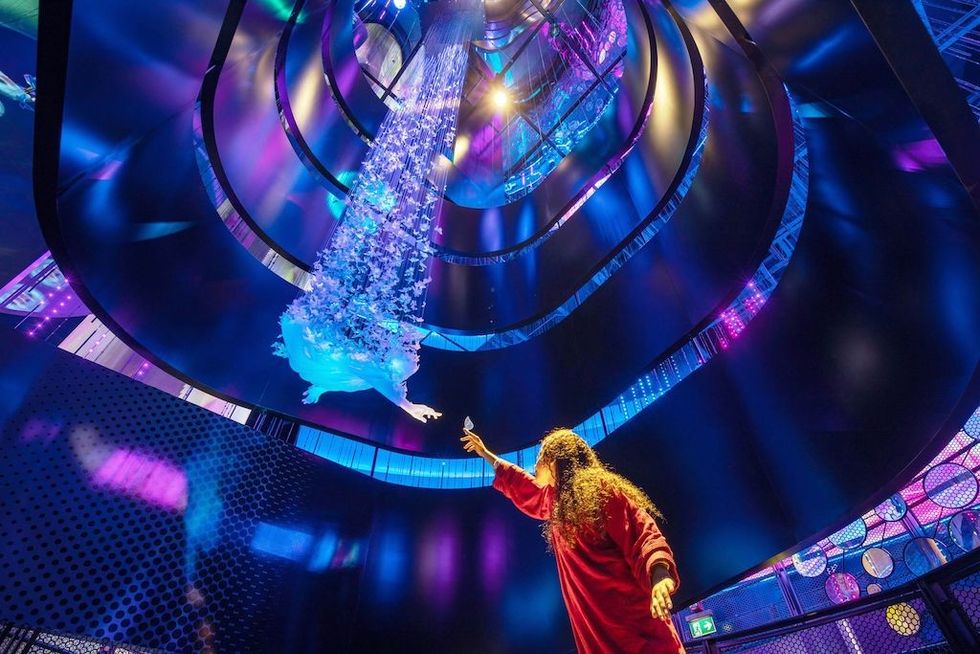

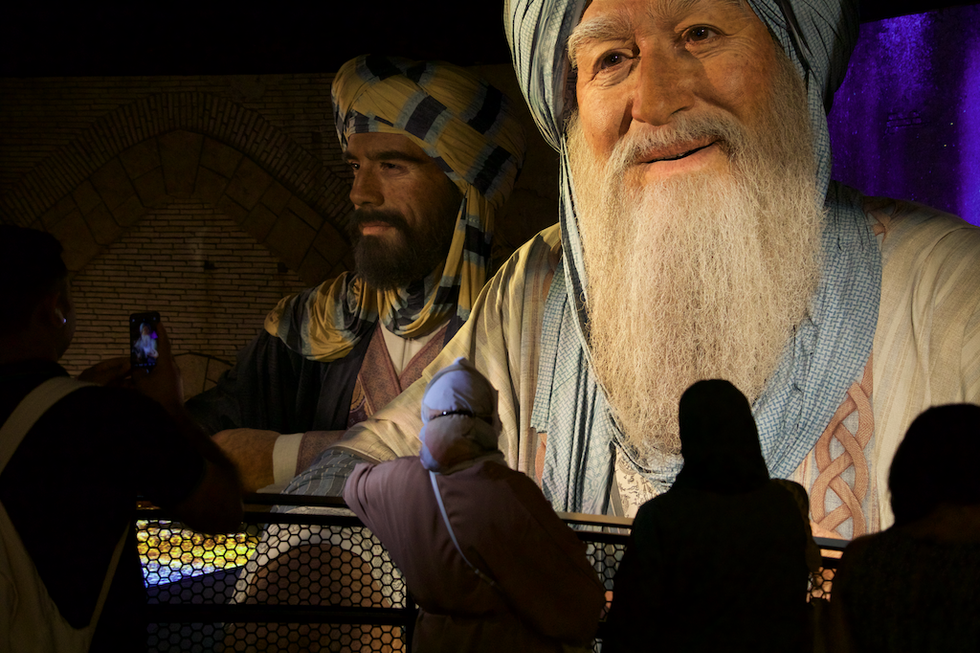


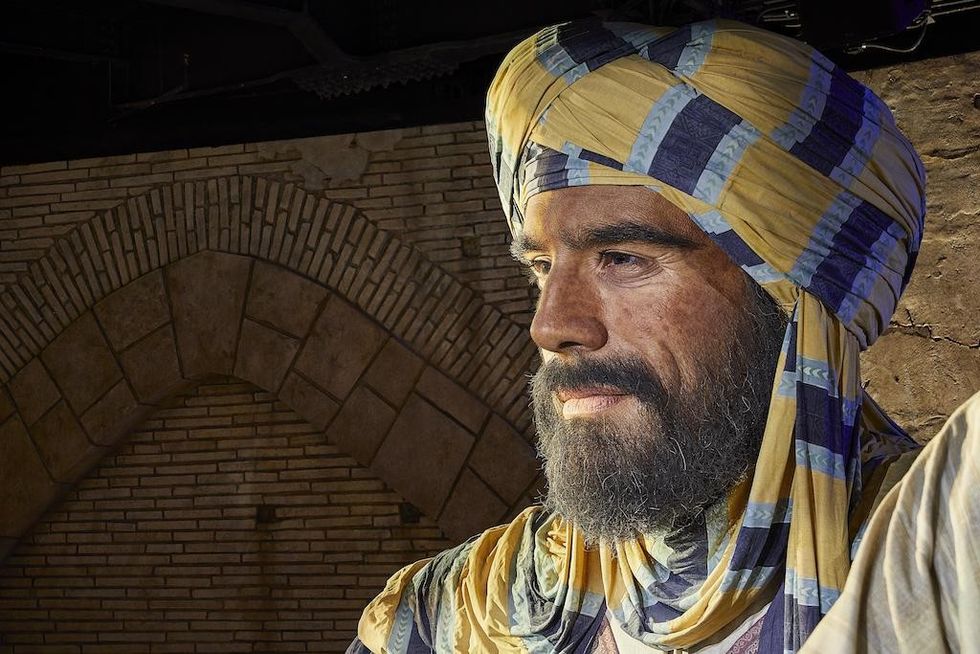






 Detroit Zoo
Detroit Zoo 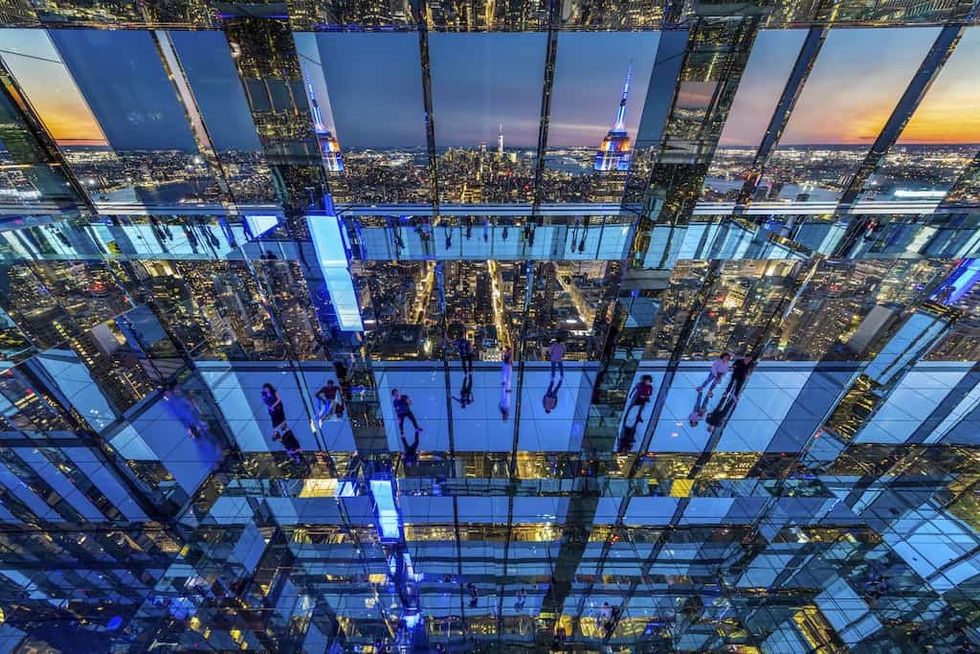 SUMMIT One Vanderbilt
SUMMIT One Vanderbilt 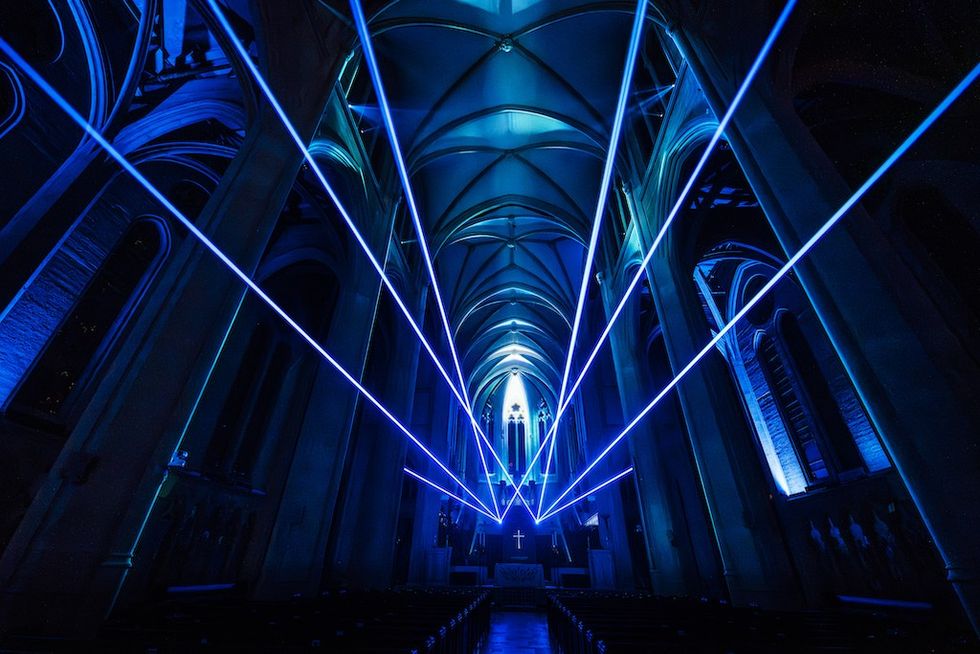 AURA at Grace Cathedral
AURA at Grace Cathedral 
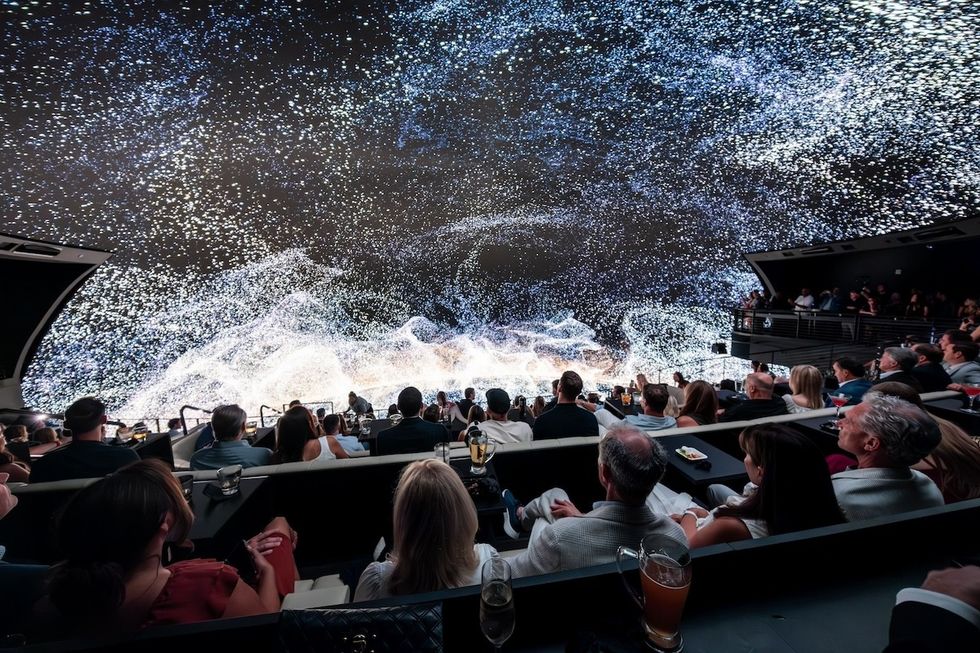 Cosm, LA
Cosm, LA 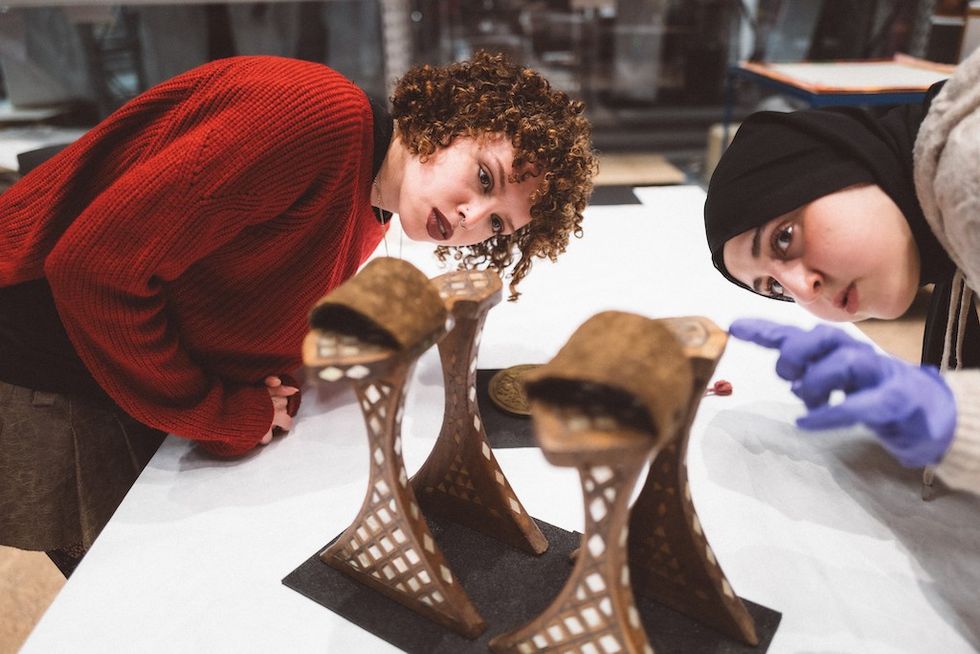 Order an Object appointment at V&A East Storehouse. Image by Bet Bettencourt for V&A, Object pictured - A pair of qabqab, made 1800-1880, Egypt
Order an Object appointment at V&A East Storehouse. Image by Bet Bettencourt for V&A, Object pictured - A pair of qabqab, made 1800-1880, Egypt  CONDUCTR - The Arena from Game Volt
CONDUCTR - The Arena from Game Volt 

 Star Wars: Galactic Starcruiser
Star Wars: Galactic Starcruiser  Minecraft interactive experience
Minecraft interactive experience 


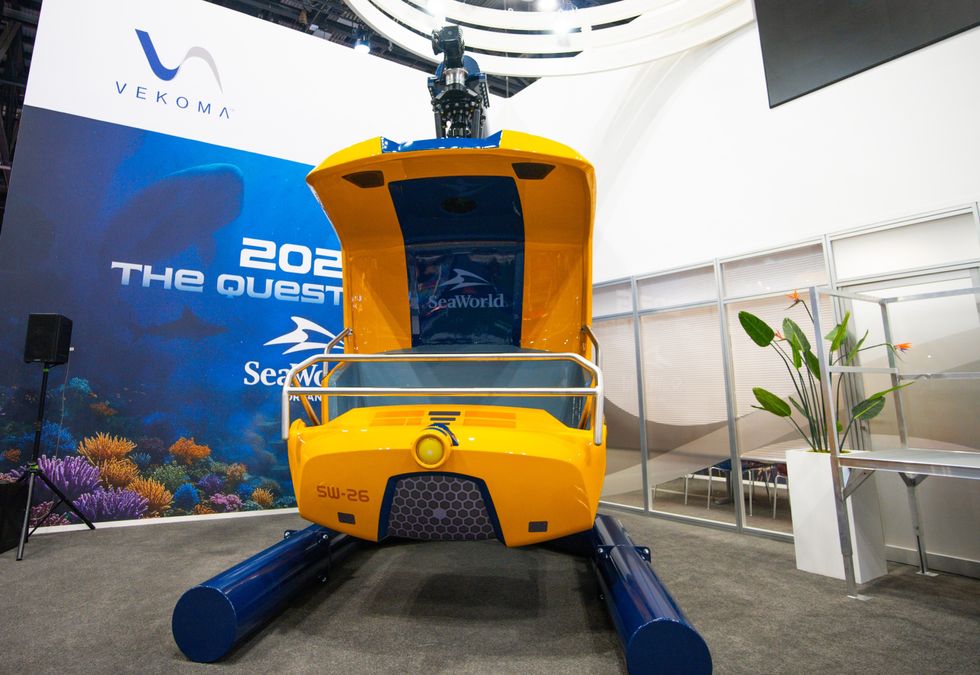
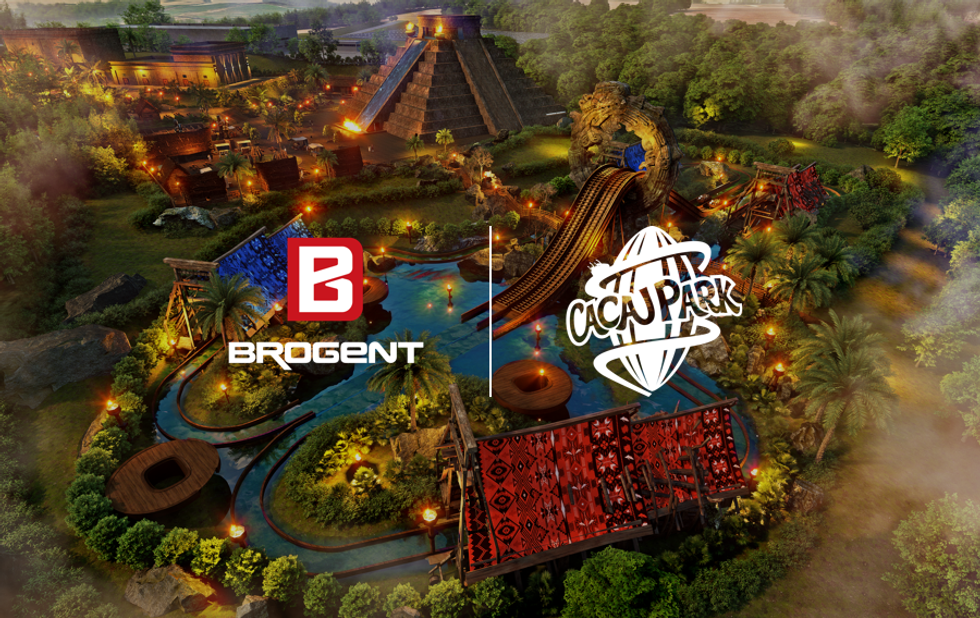
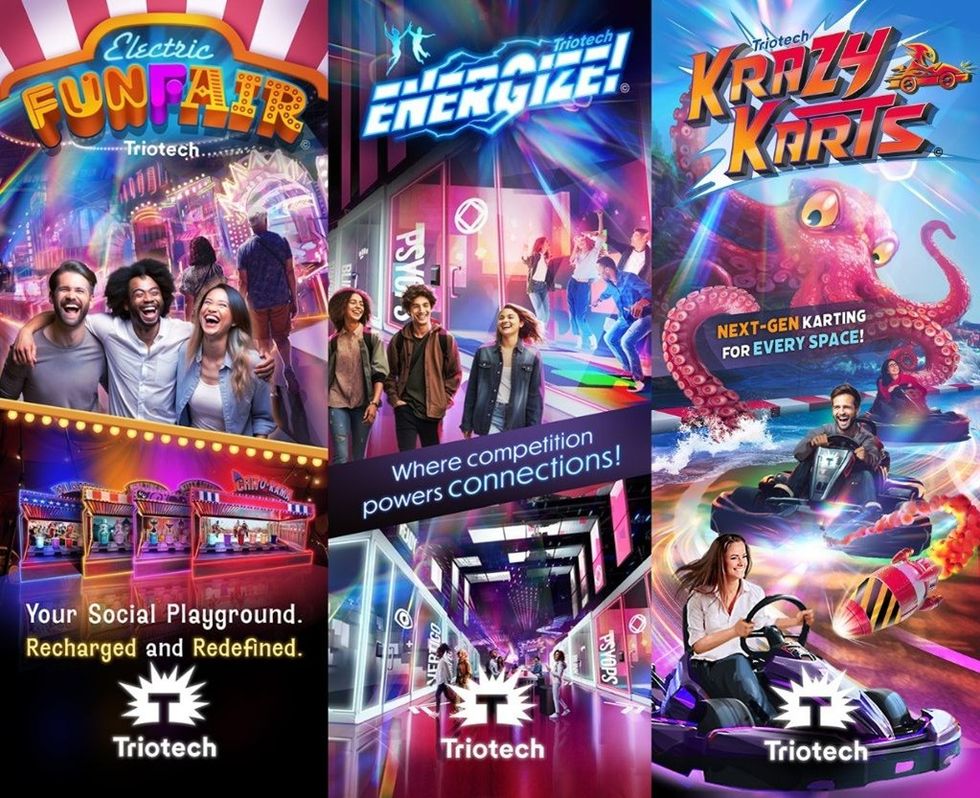


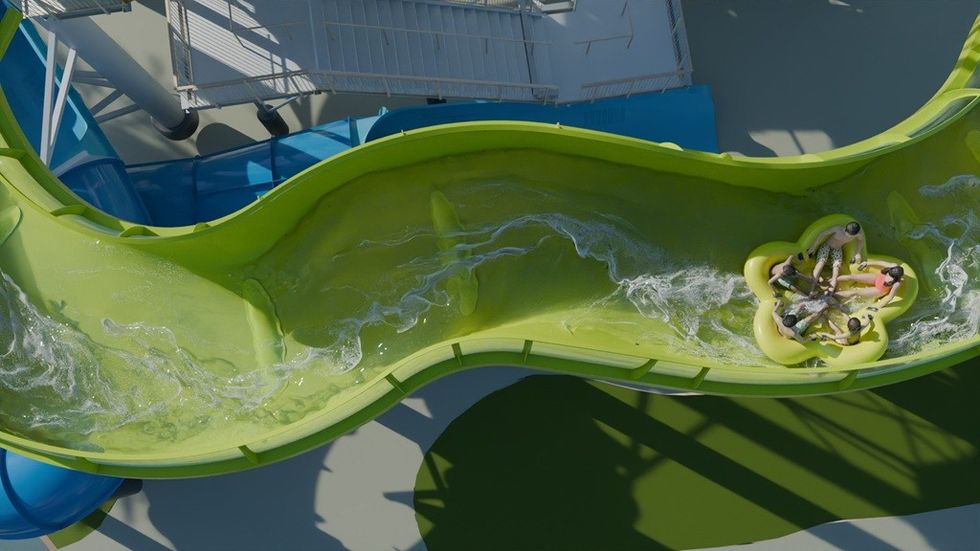






 See you next year!
See you next year!